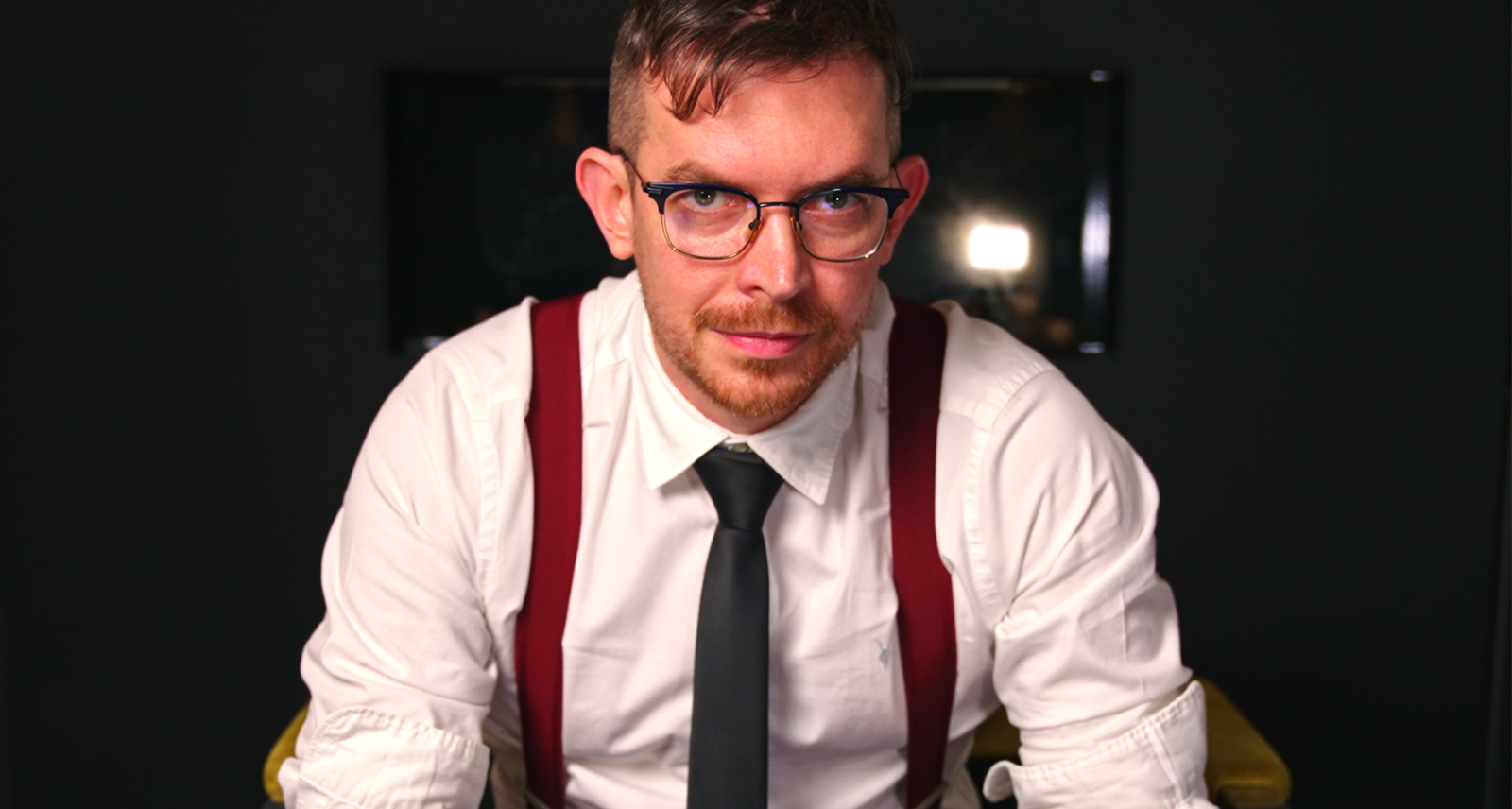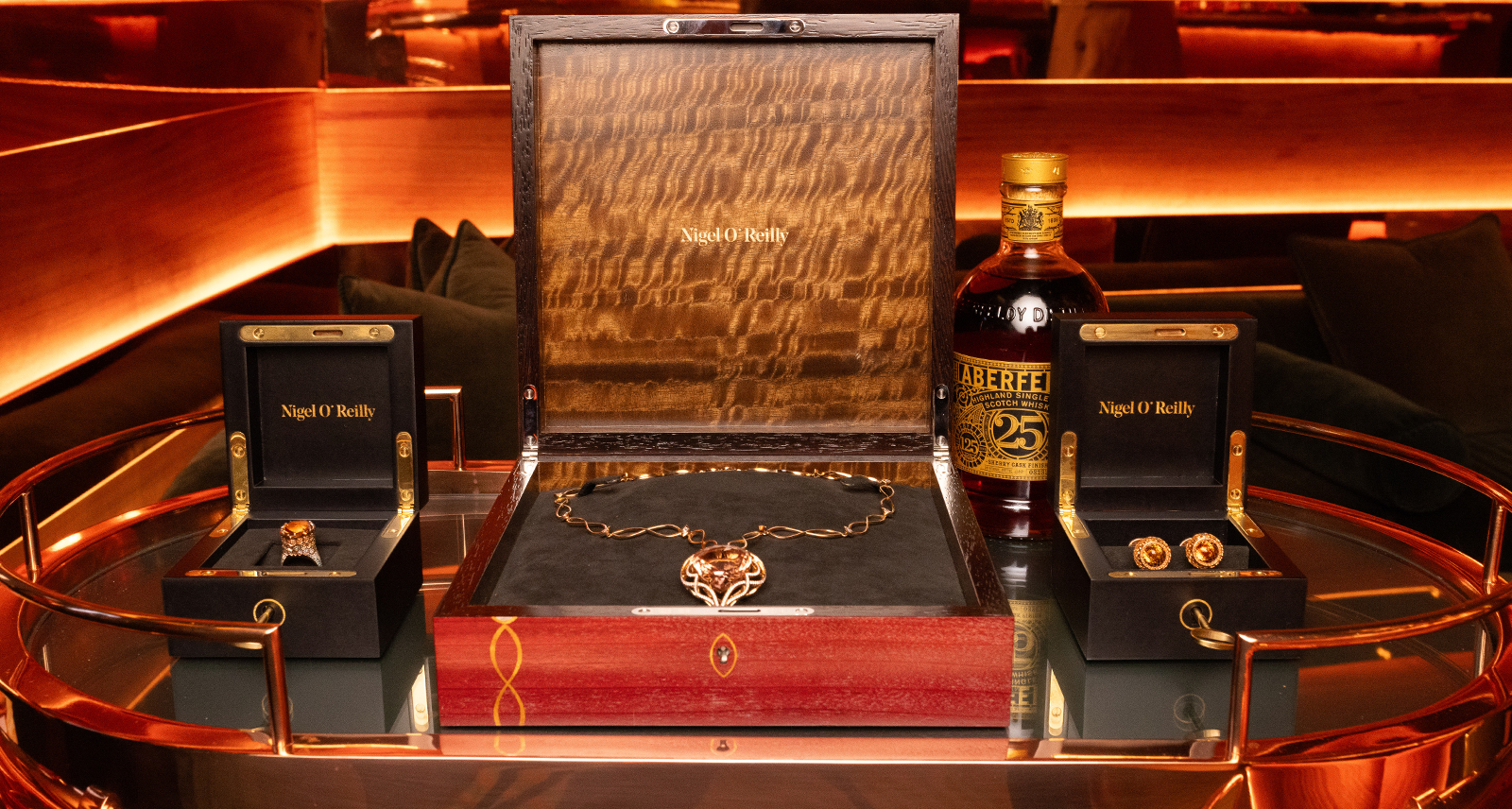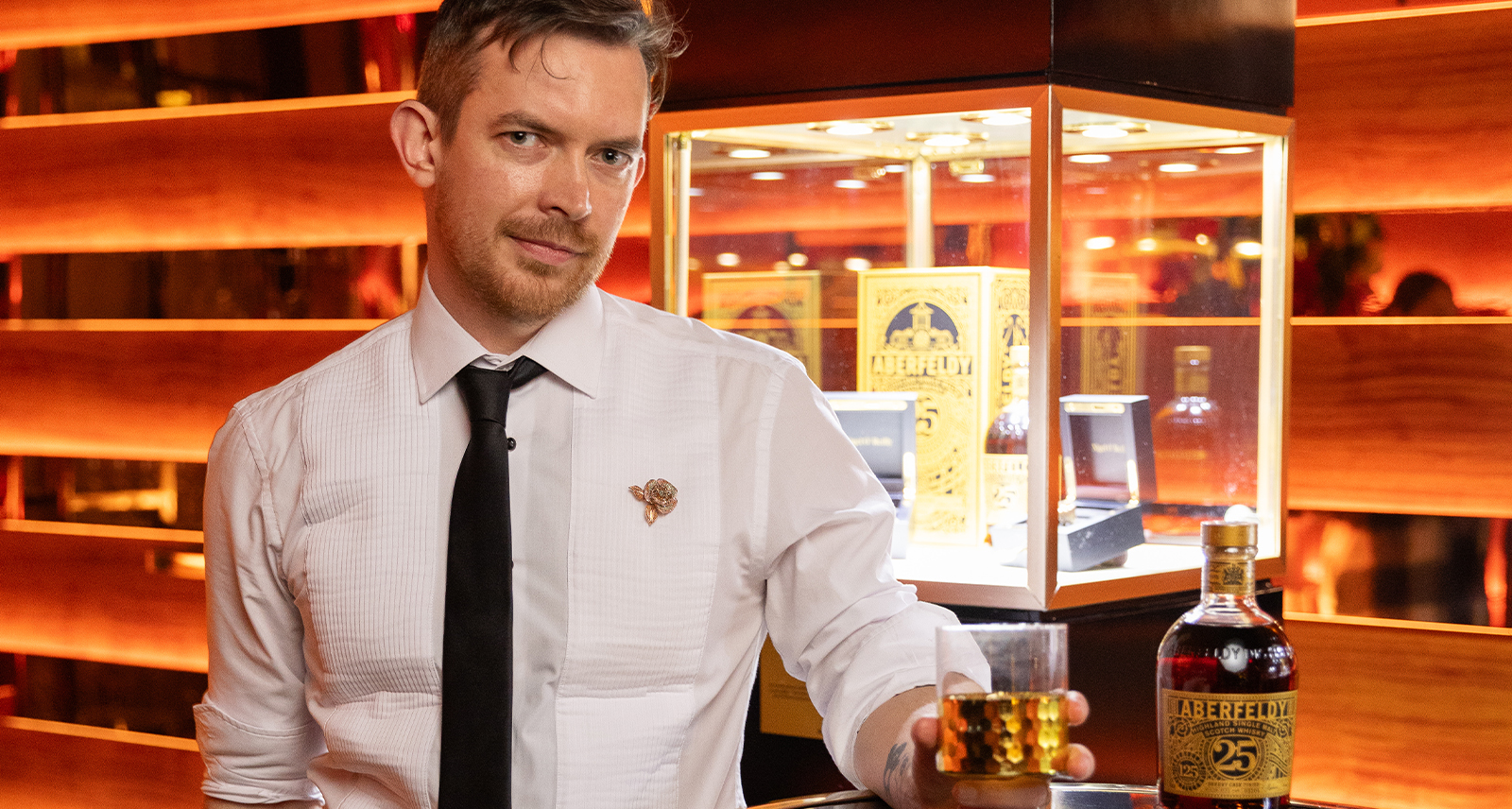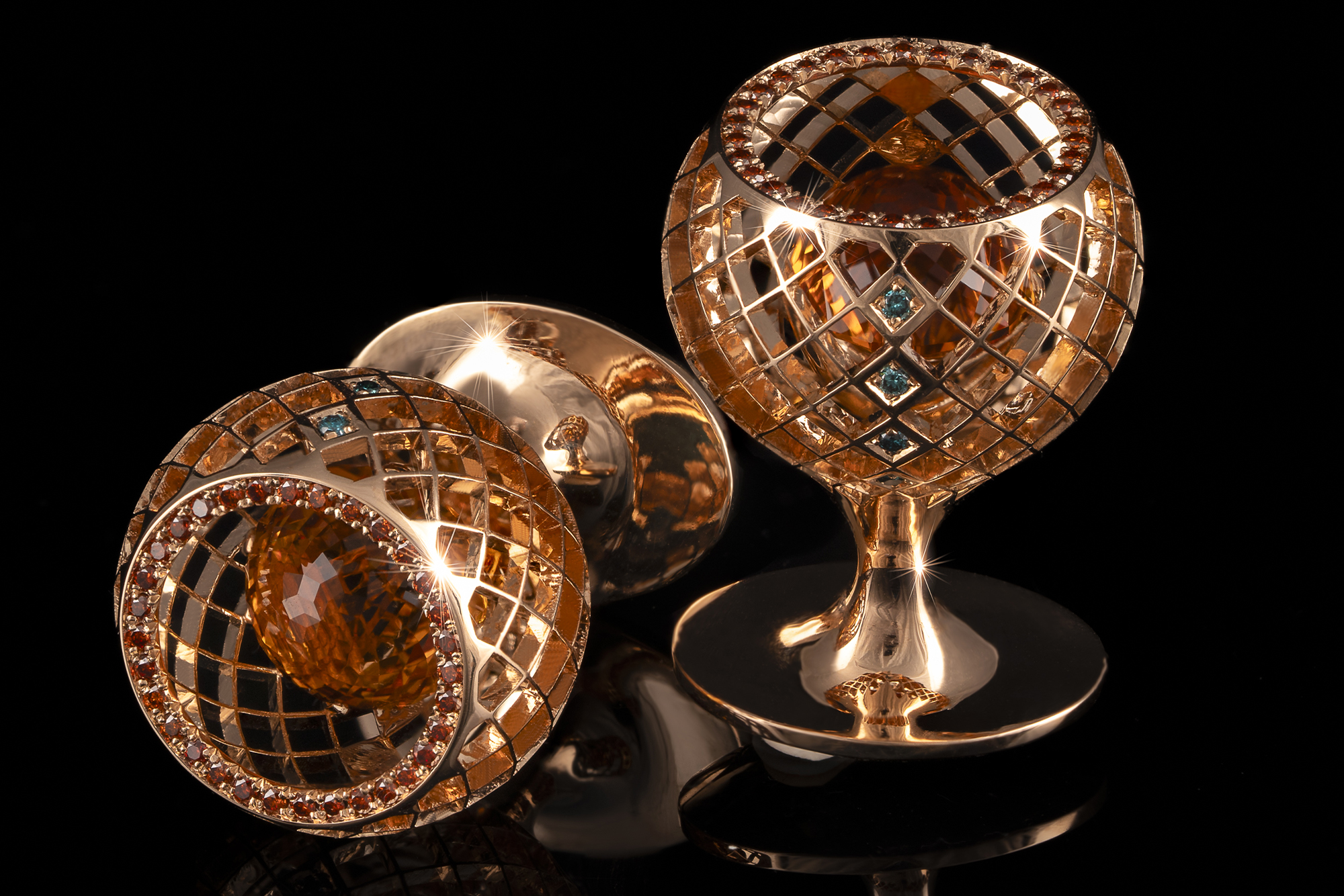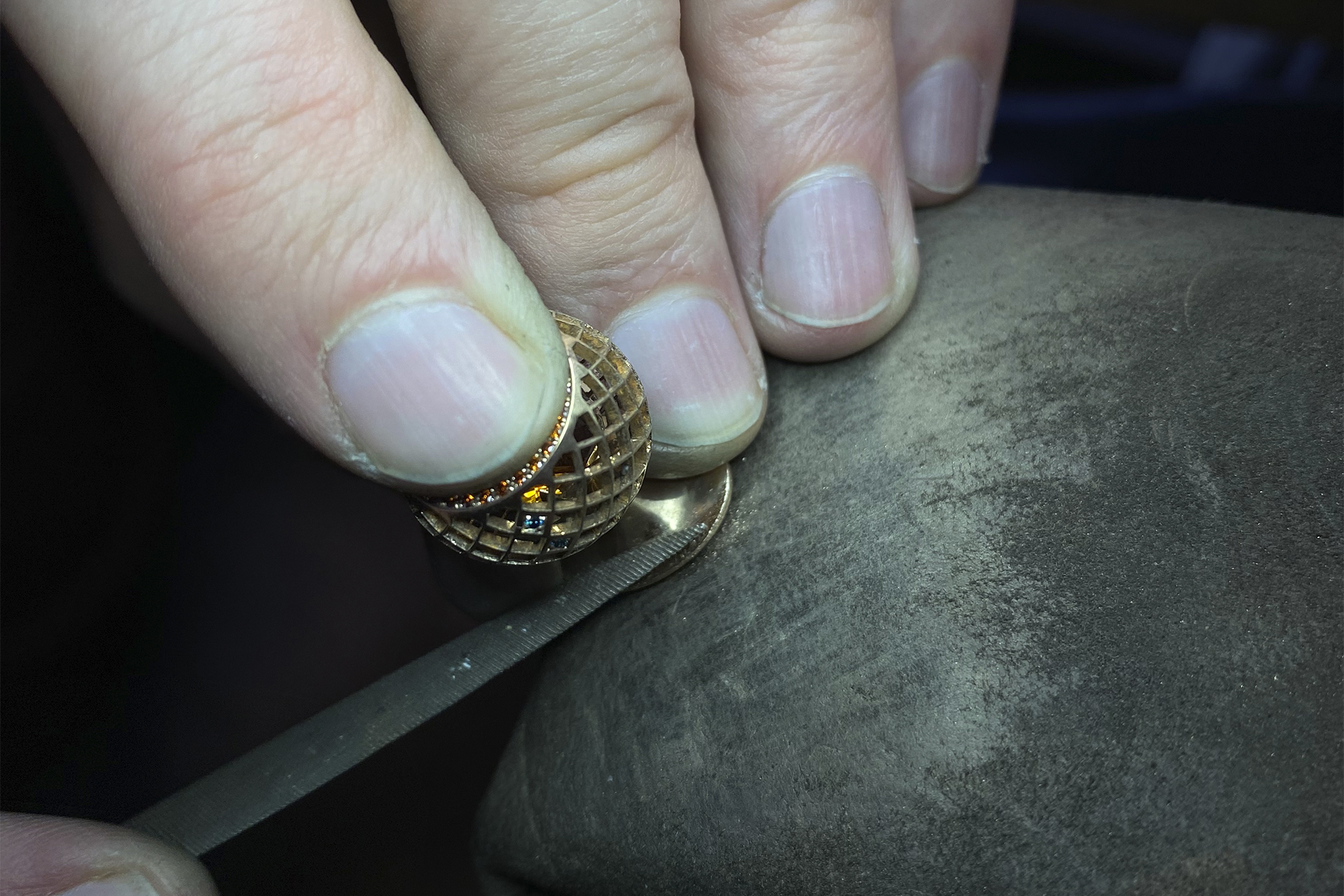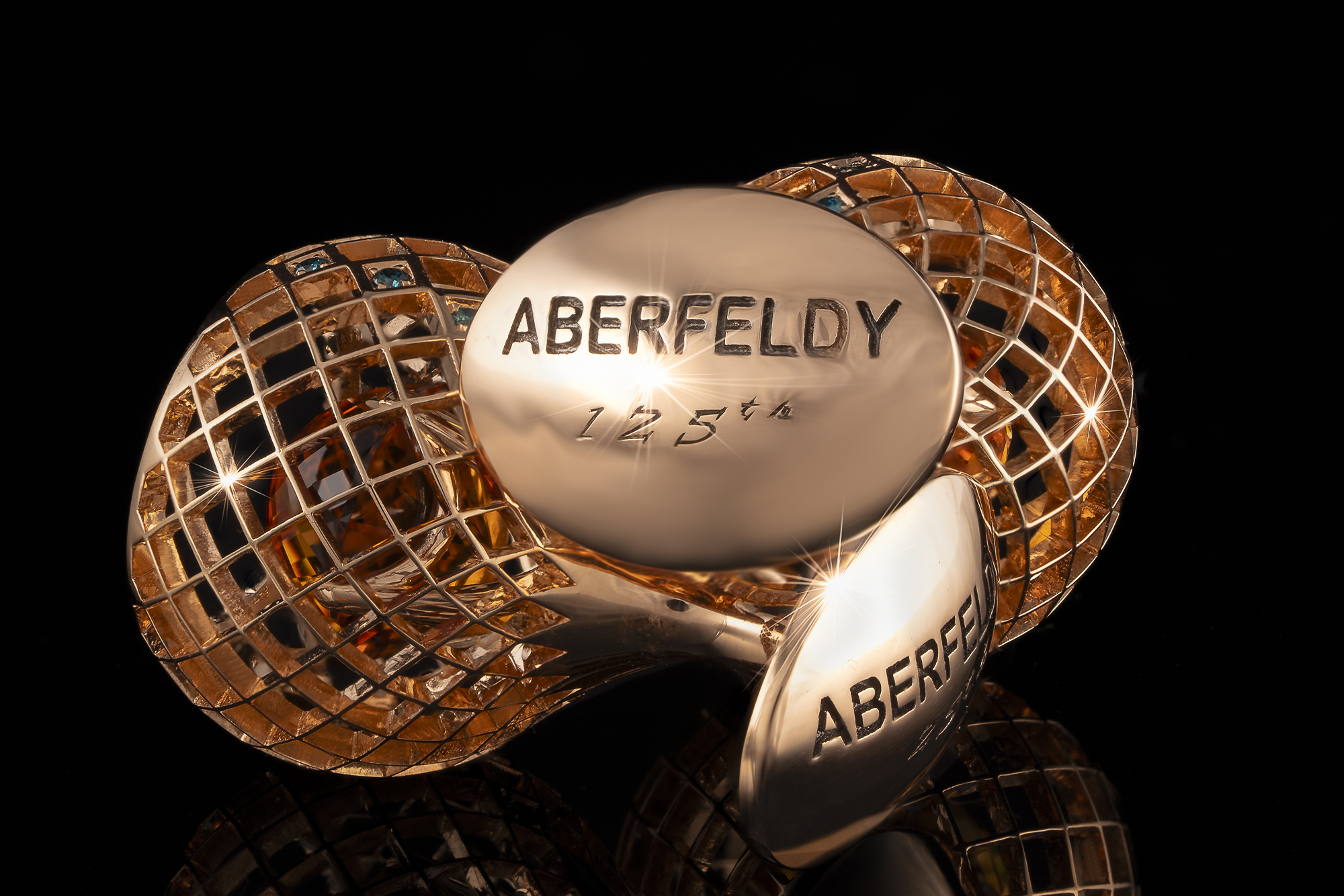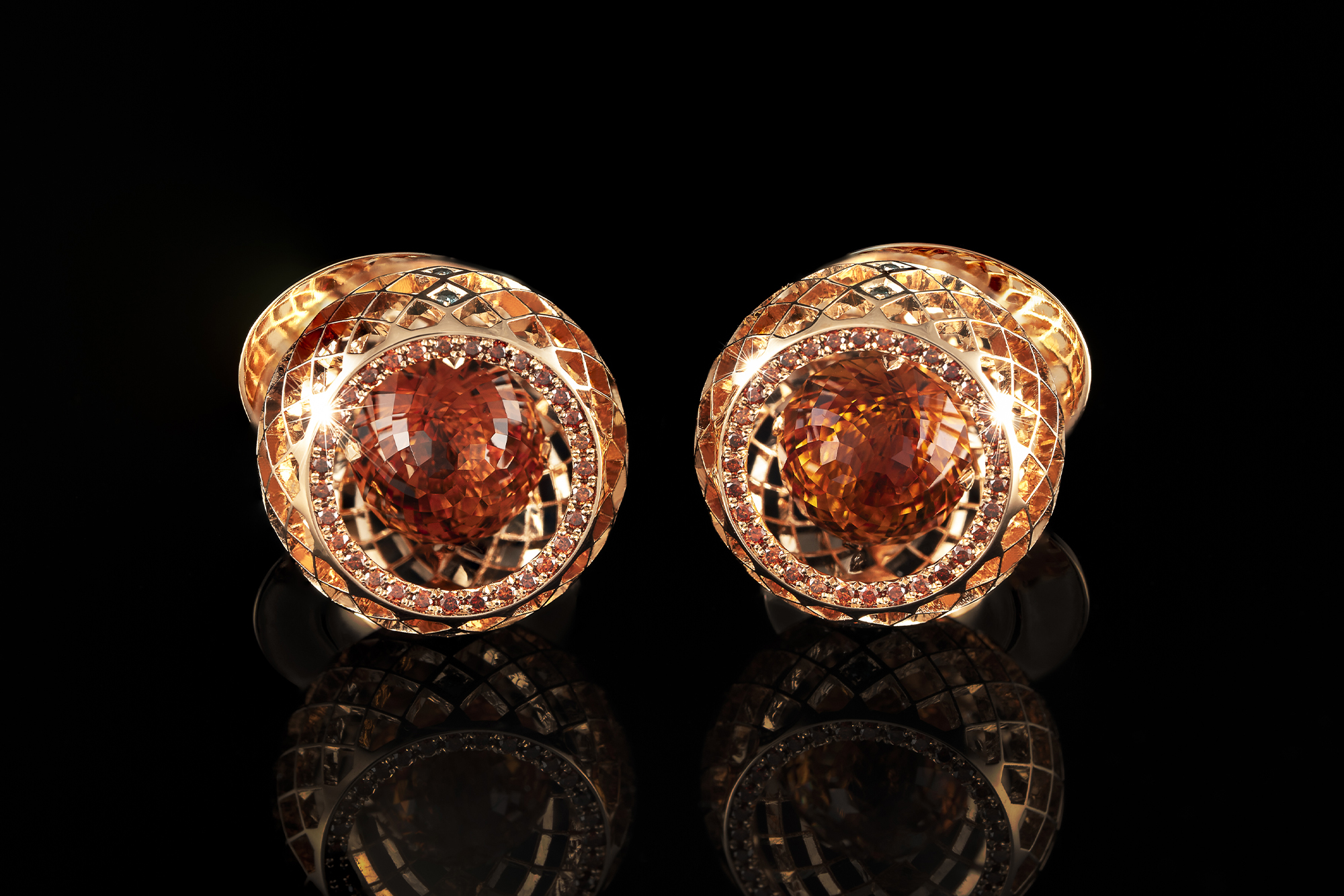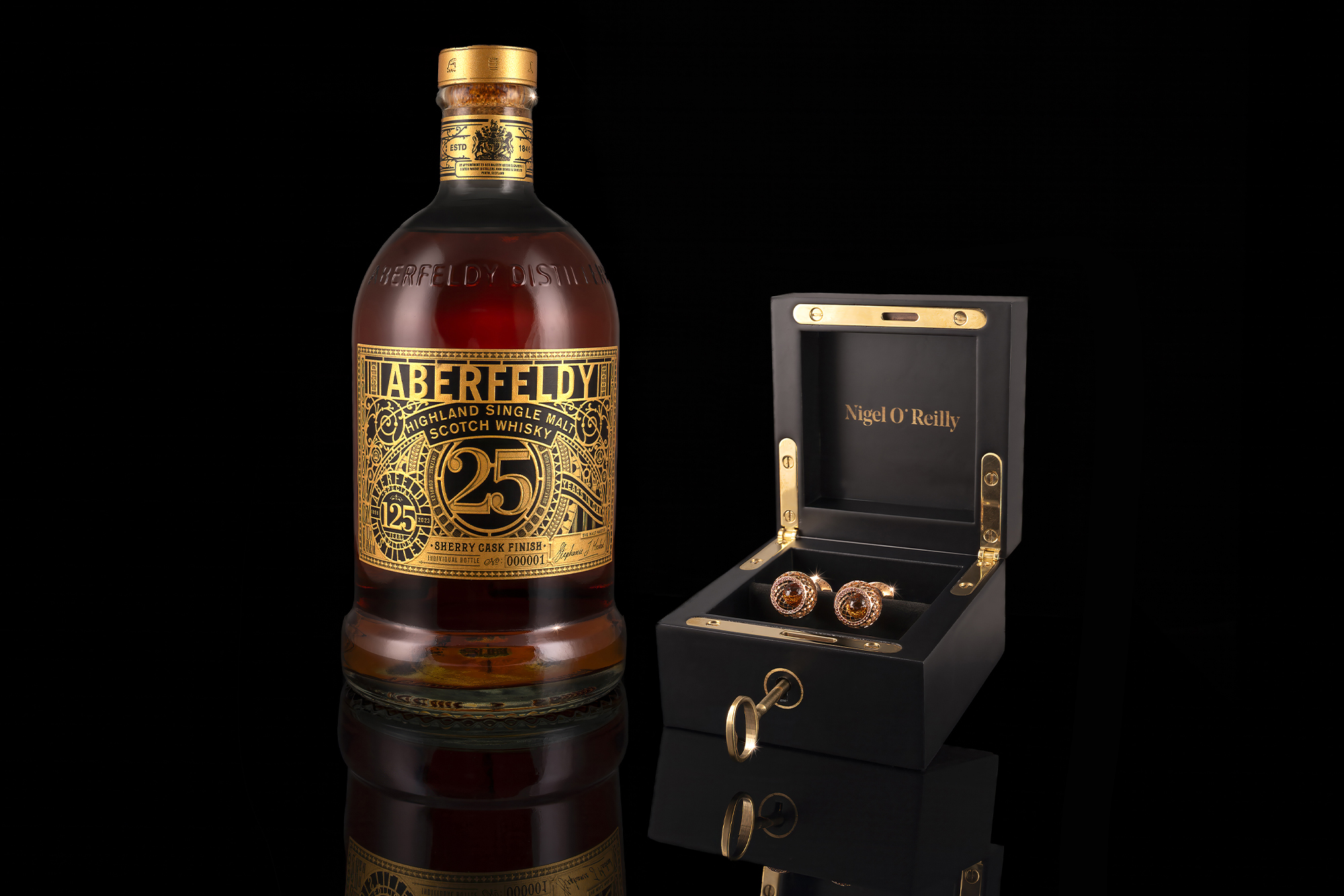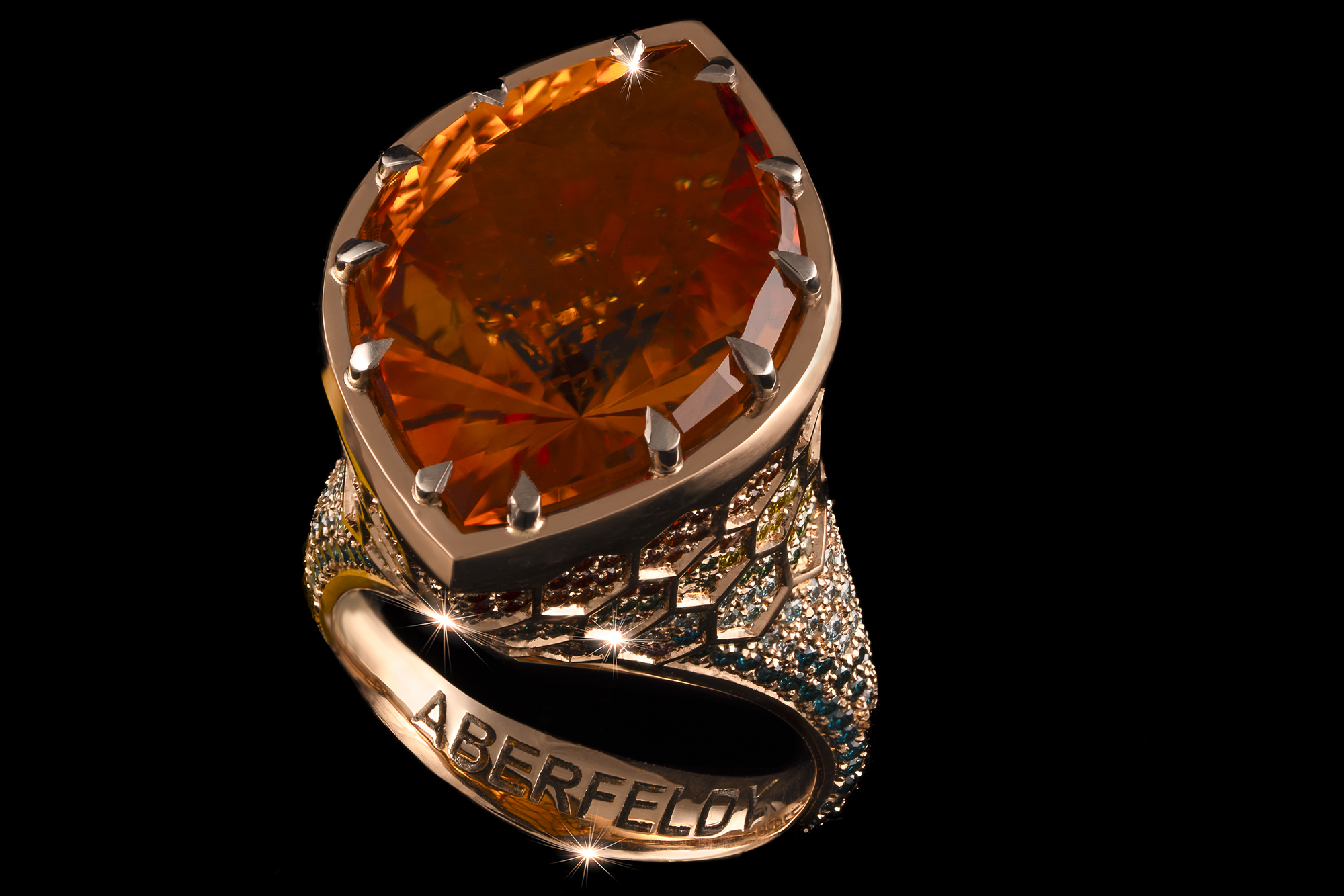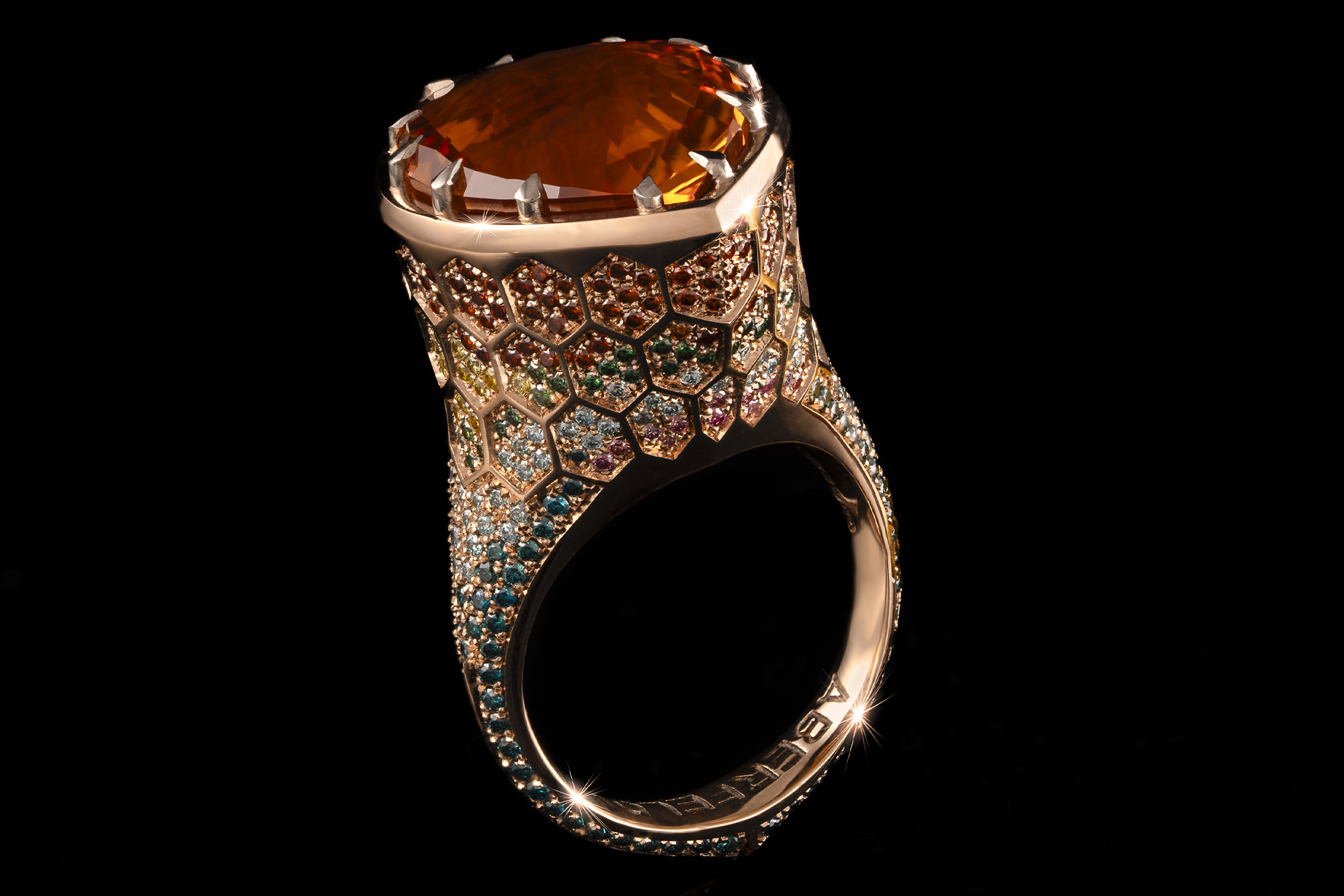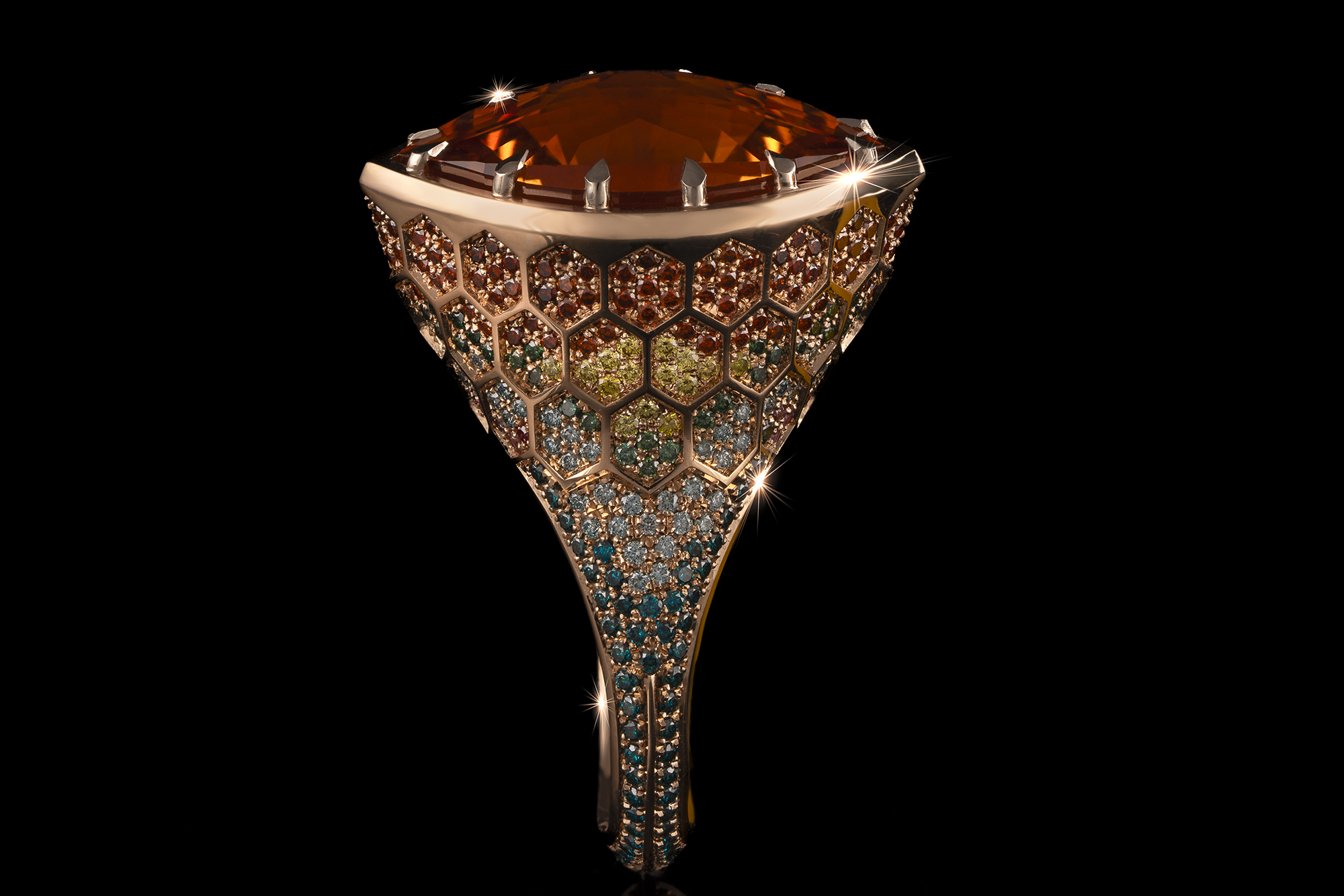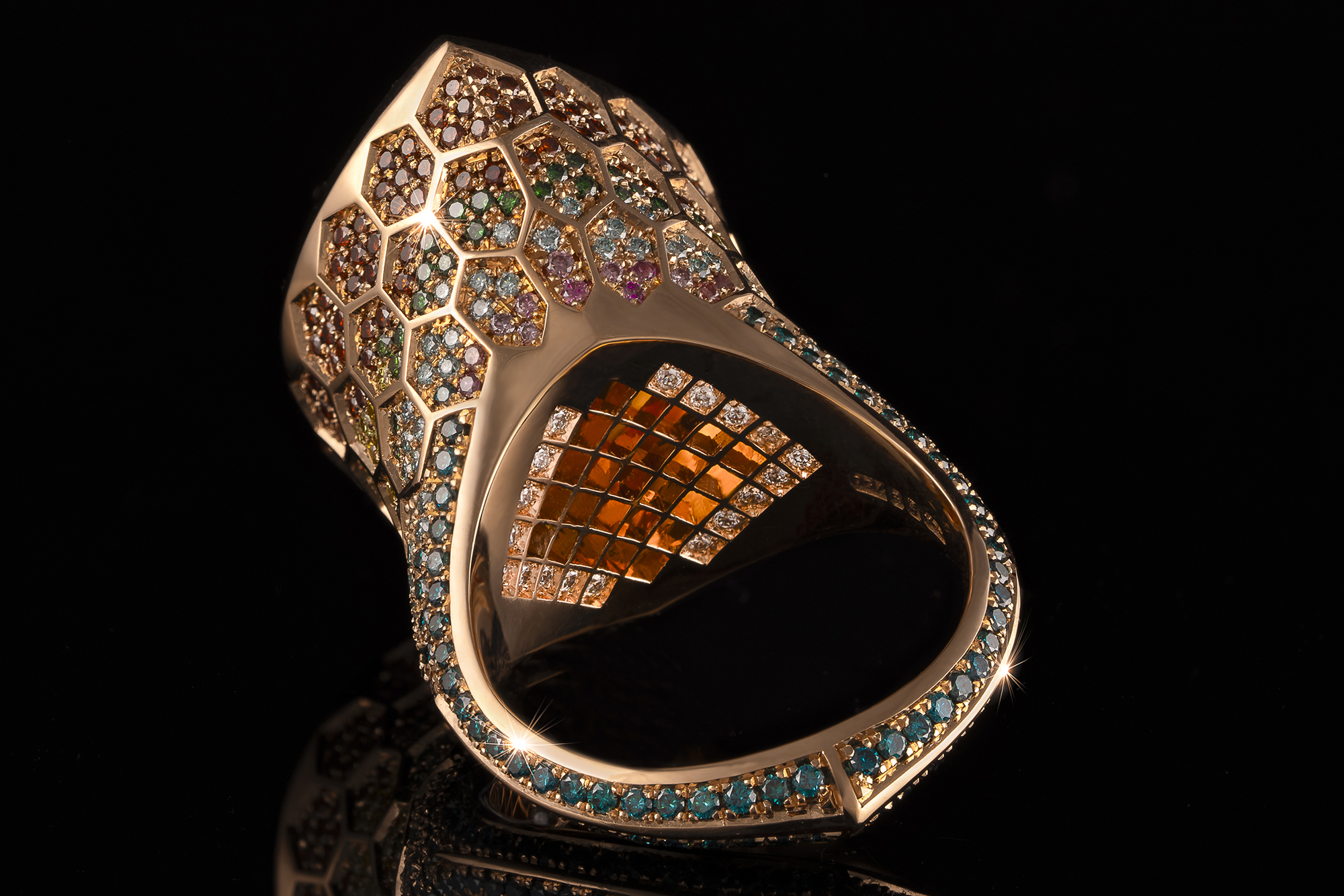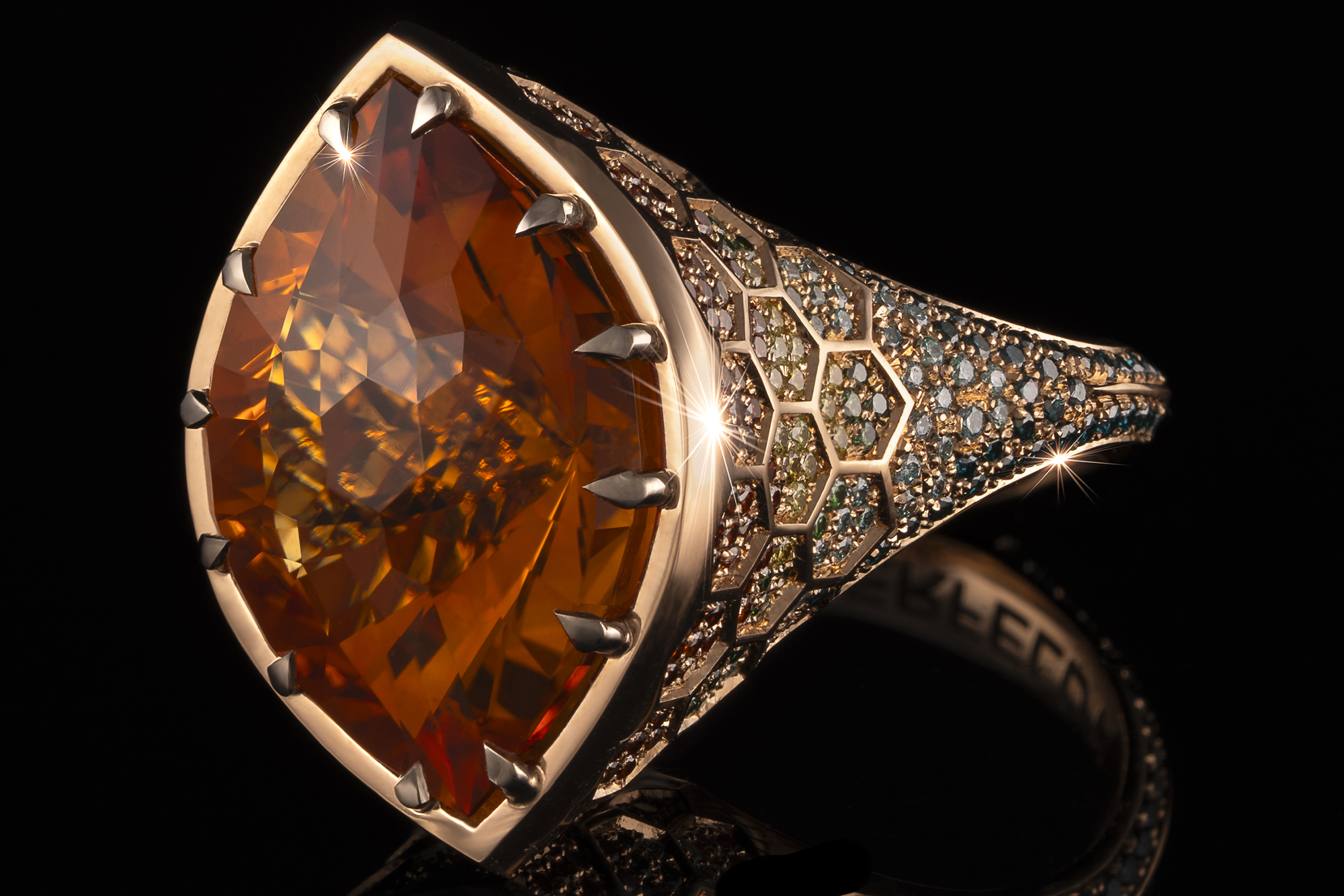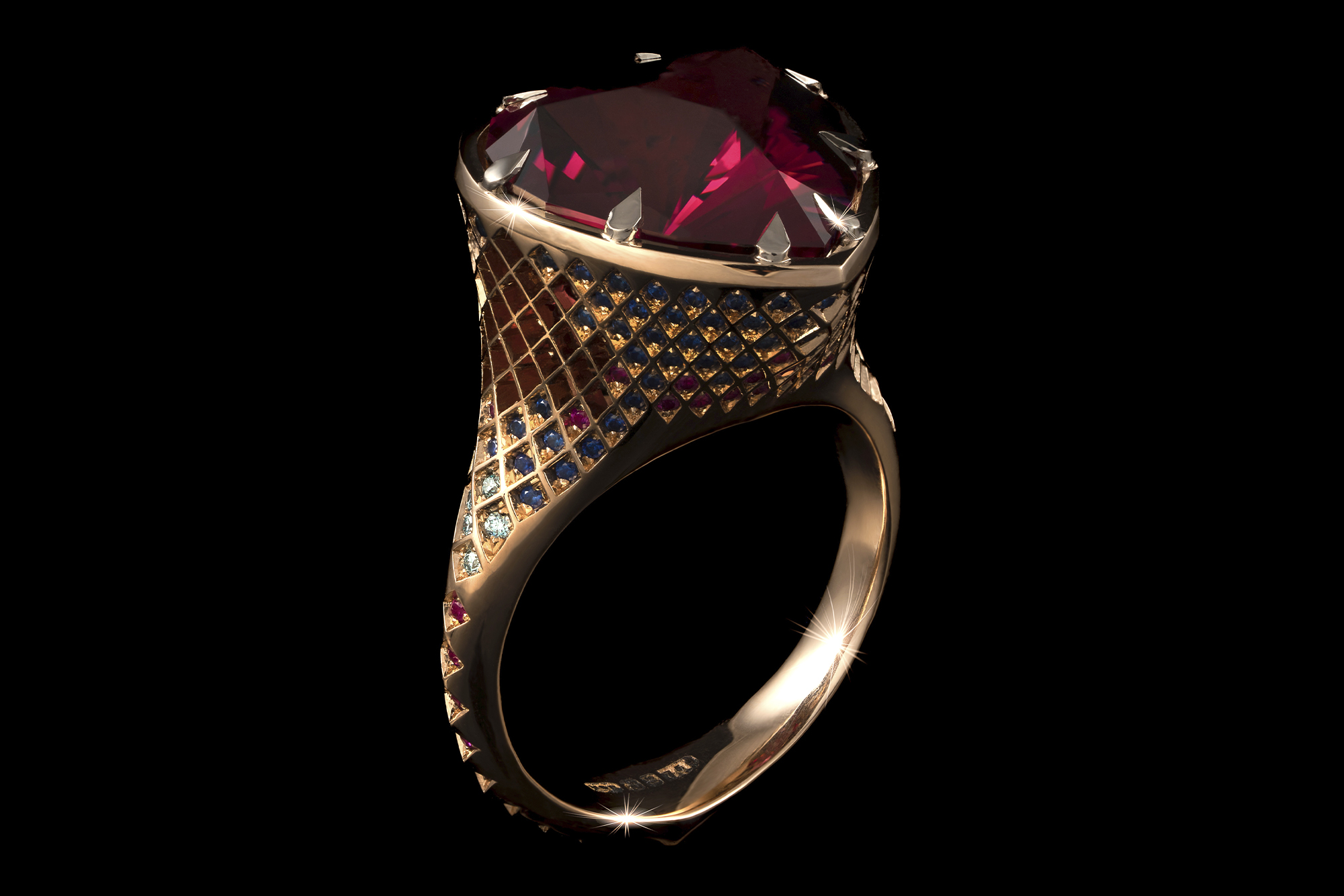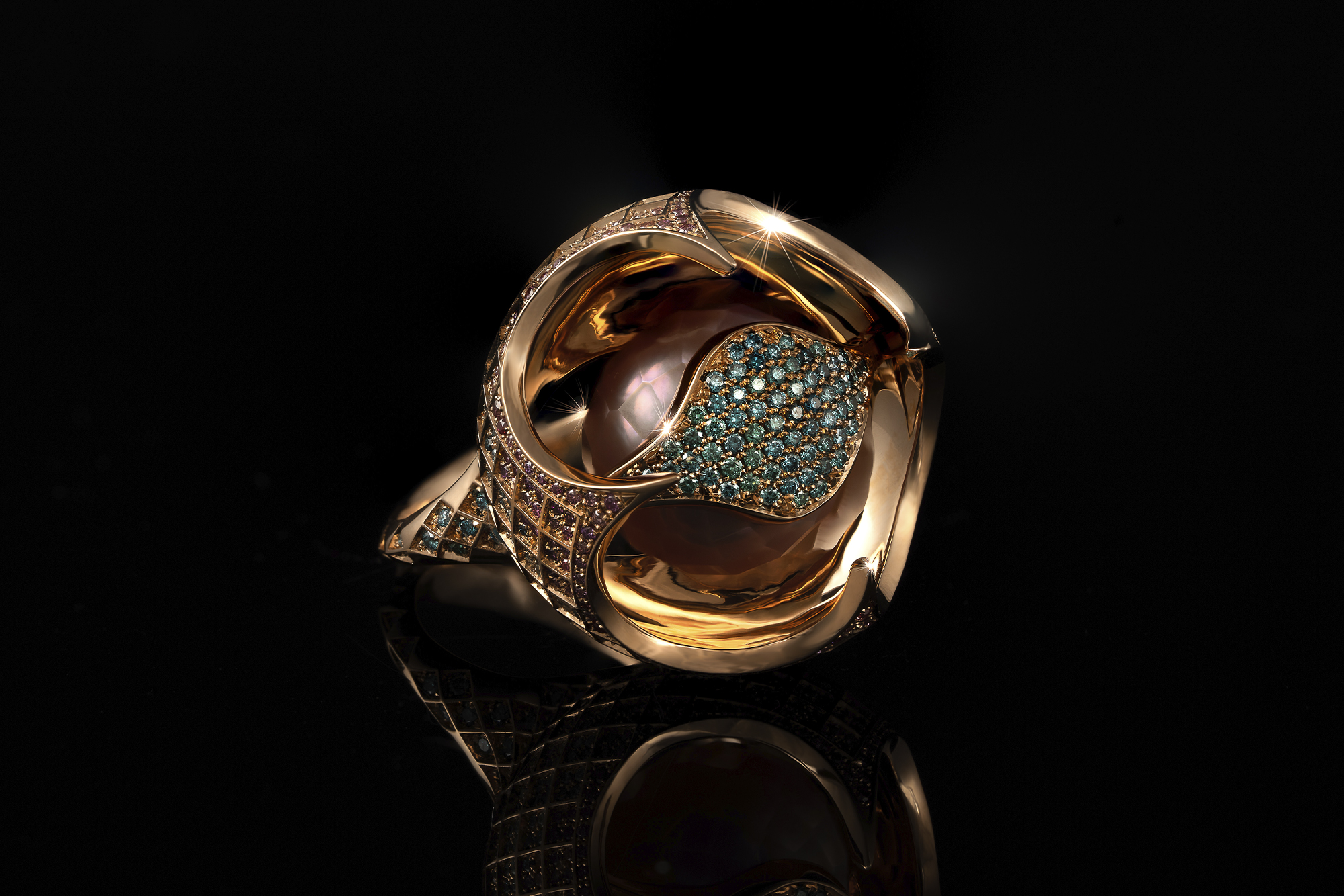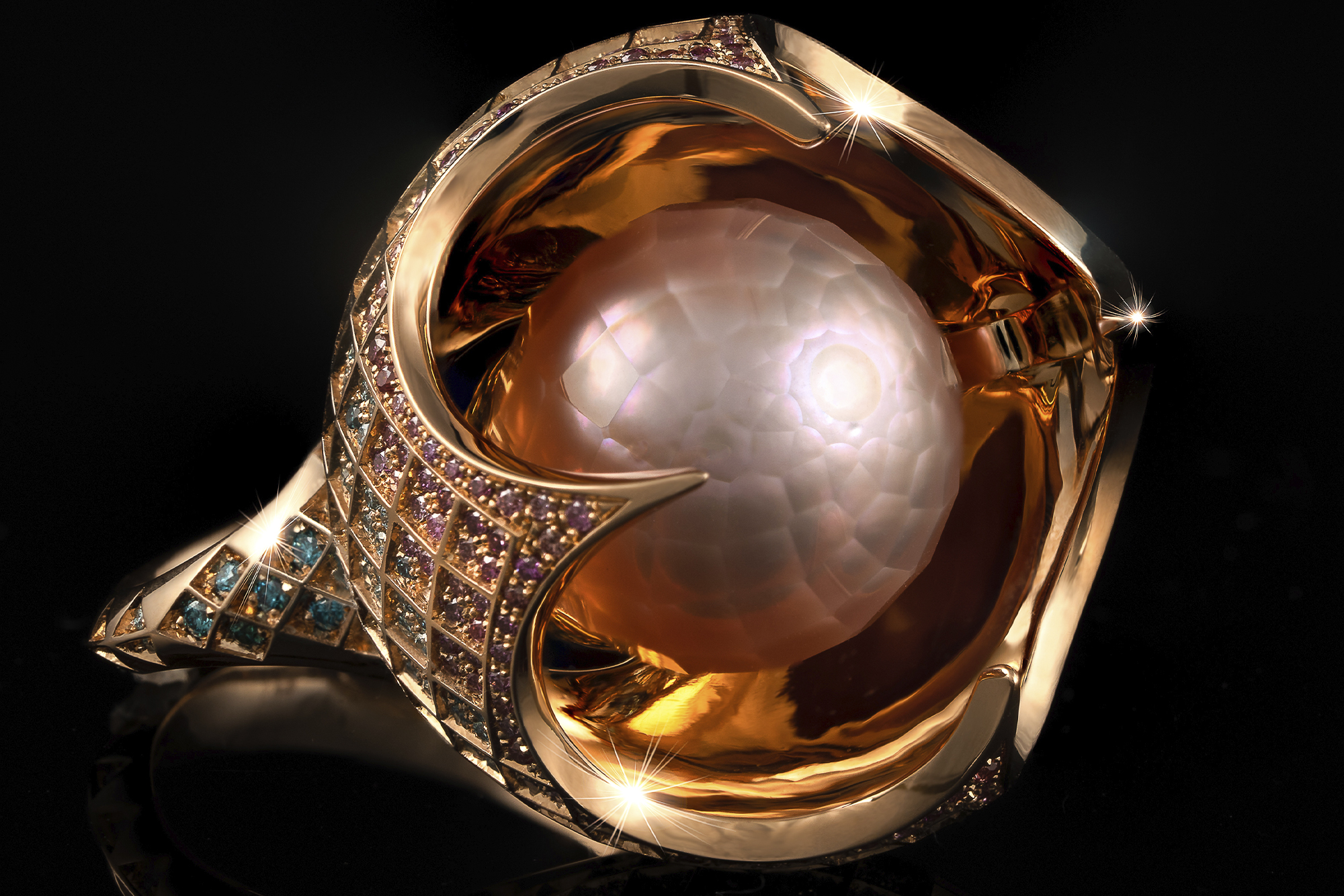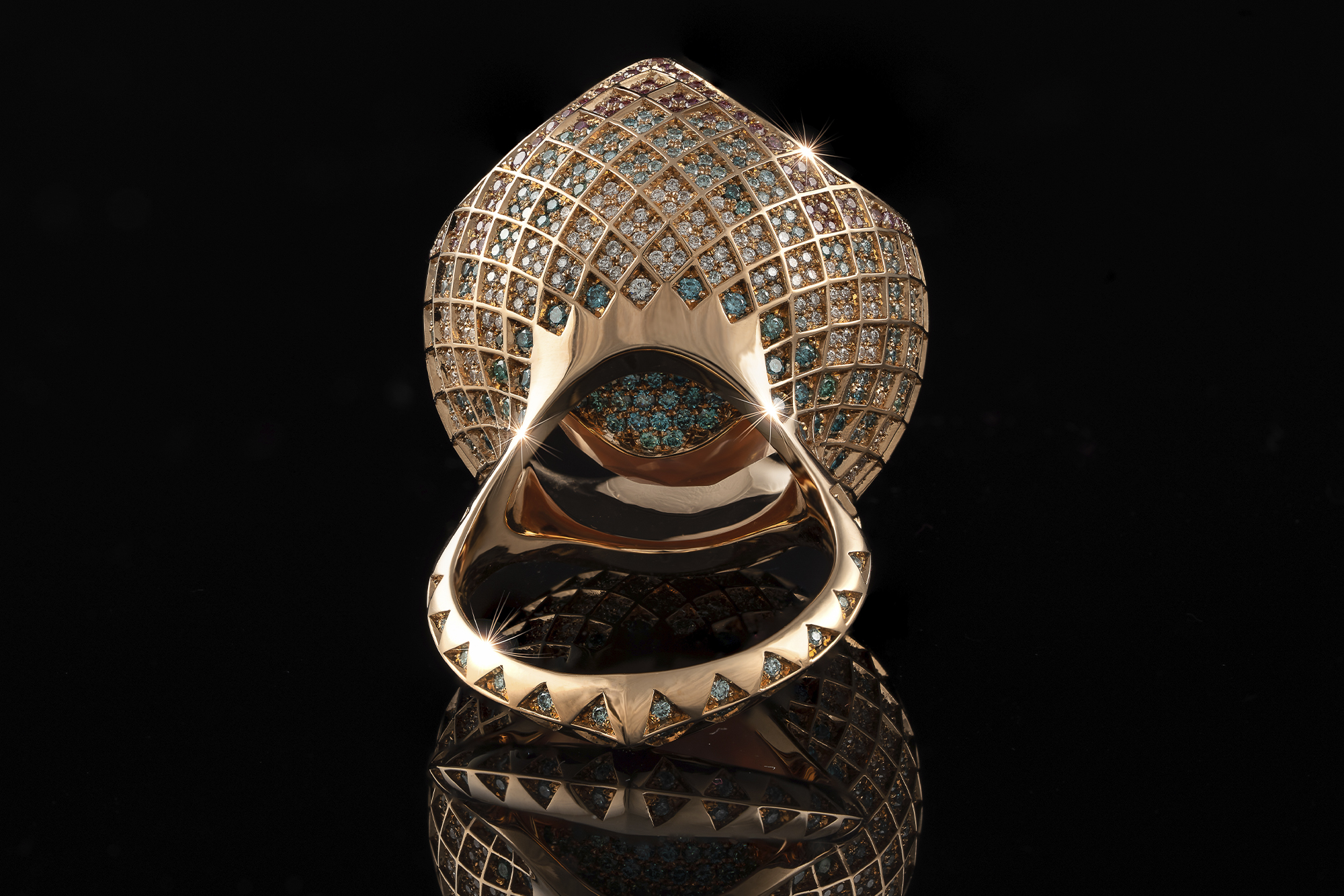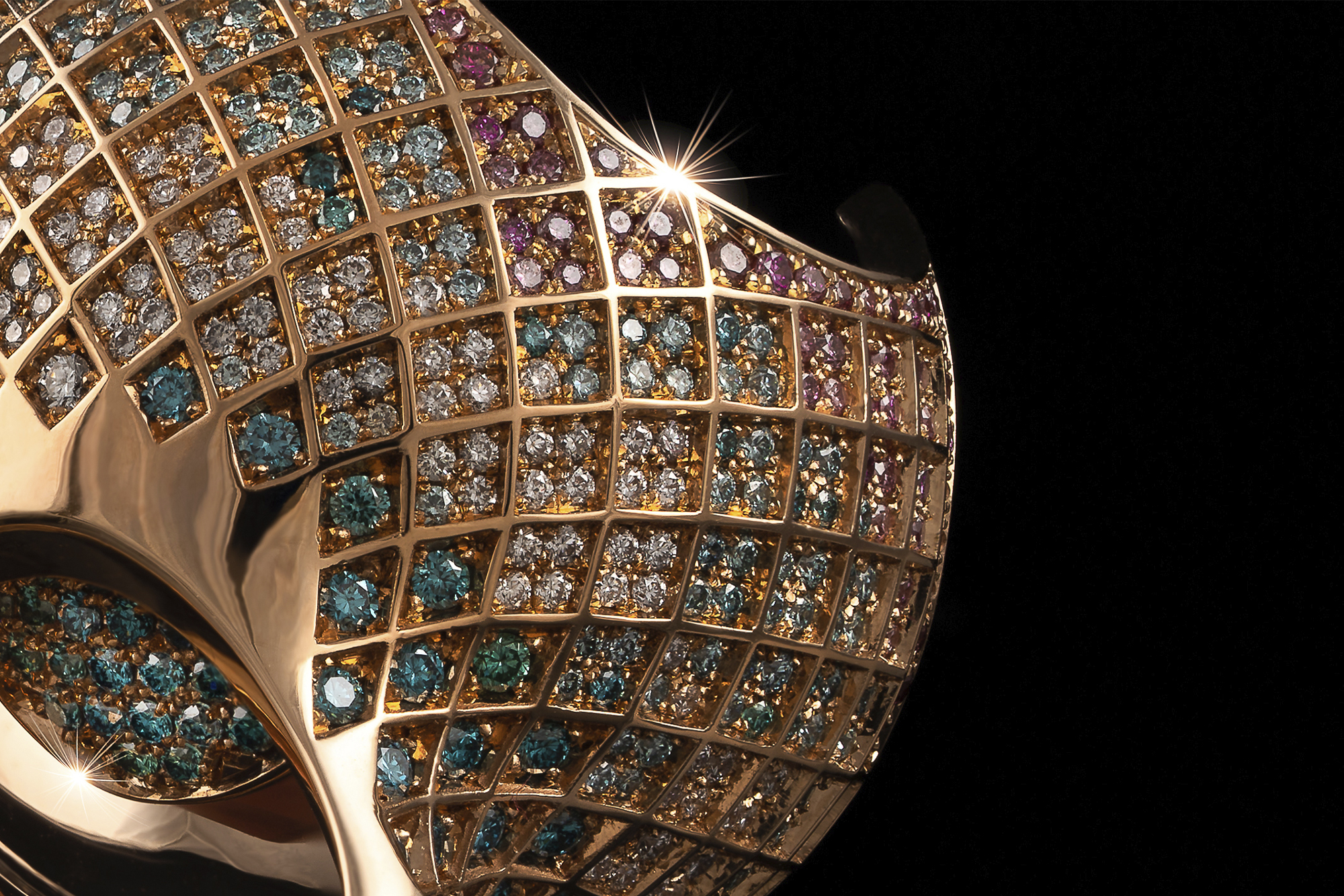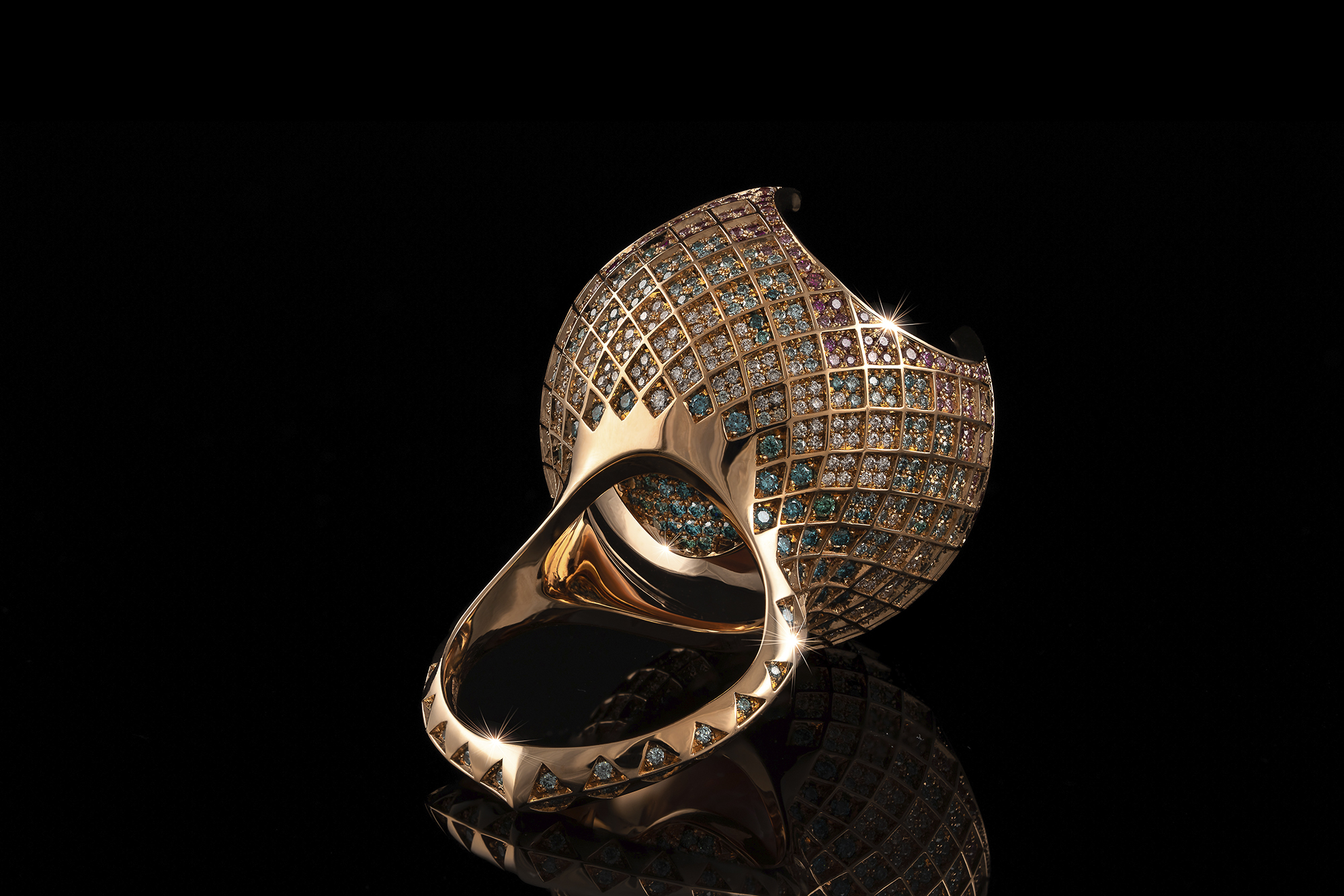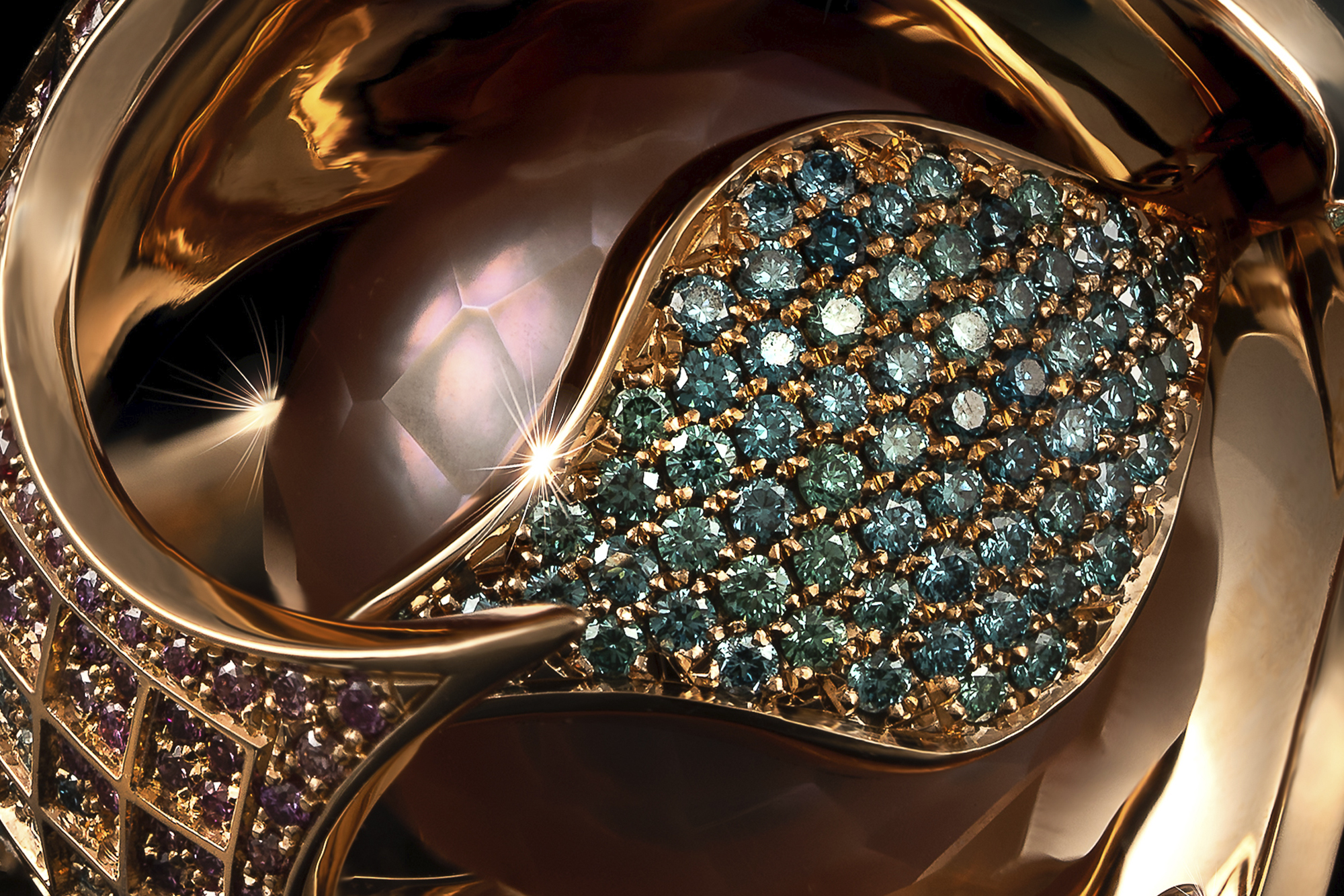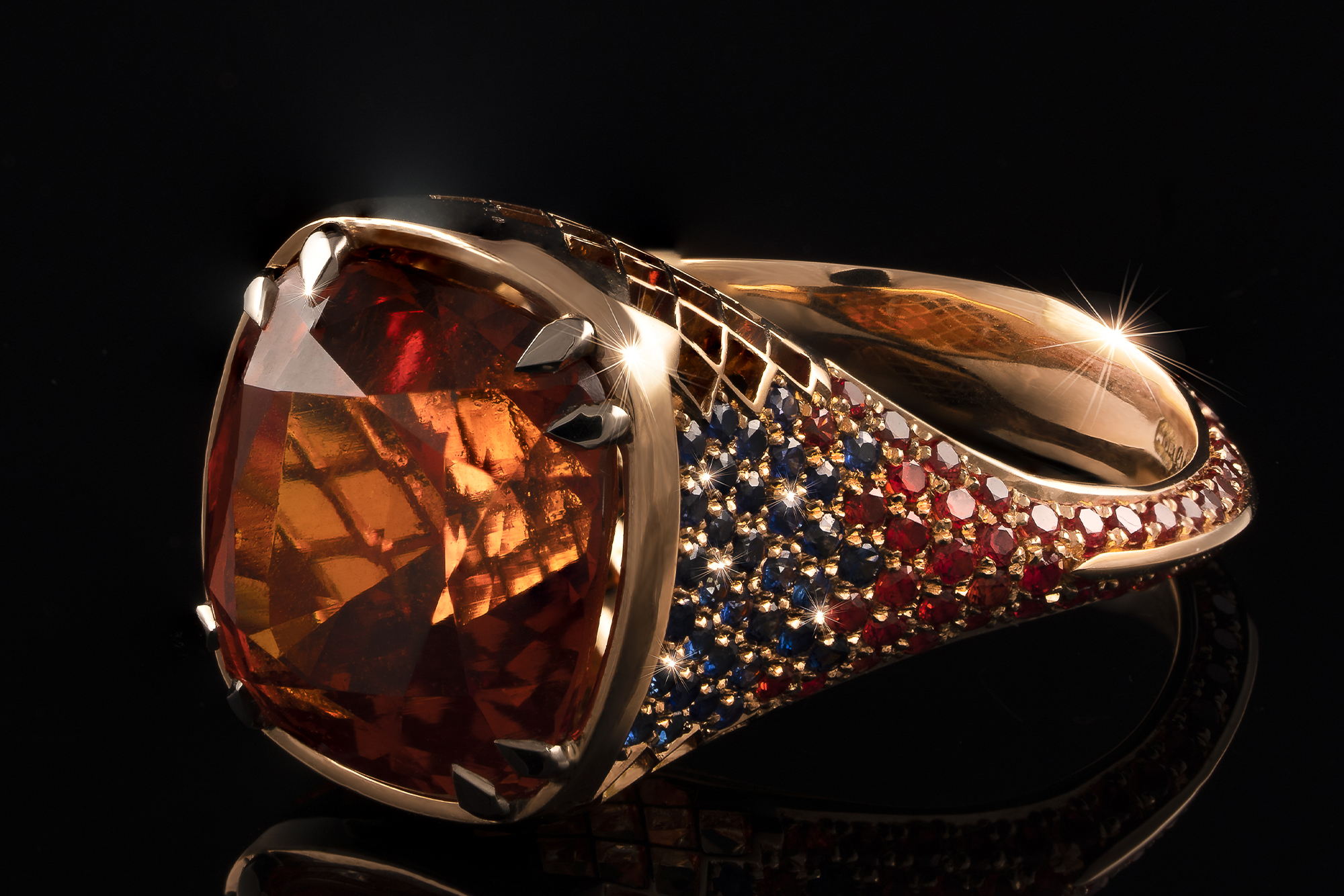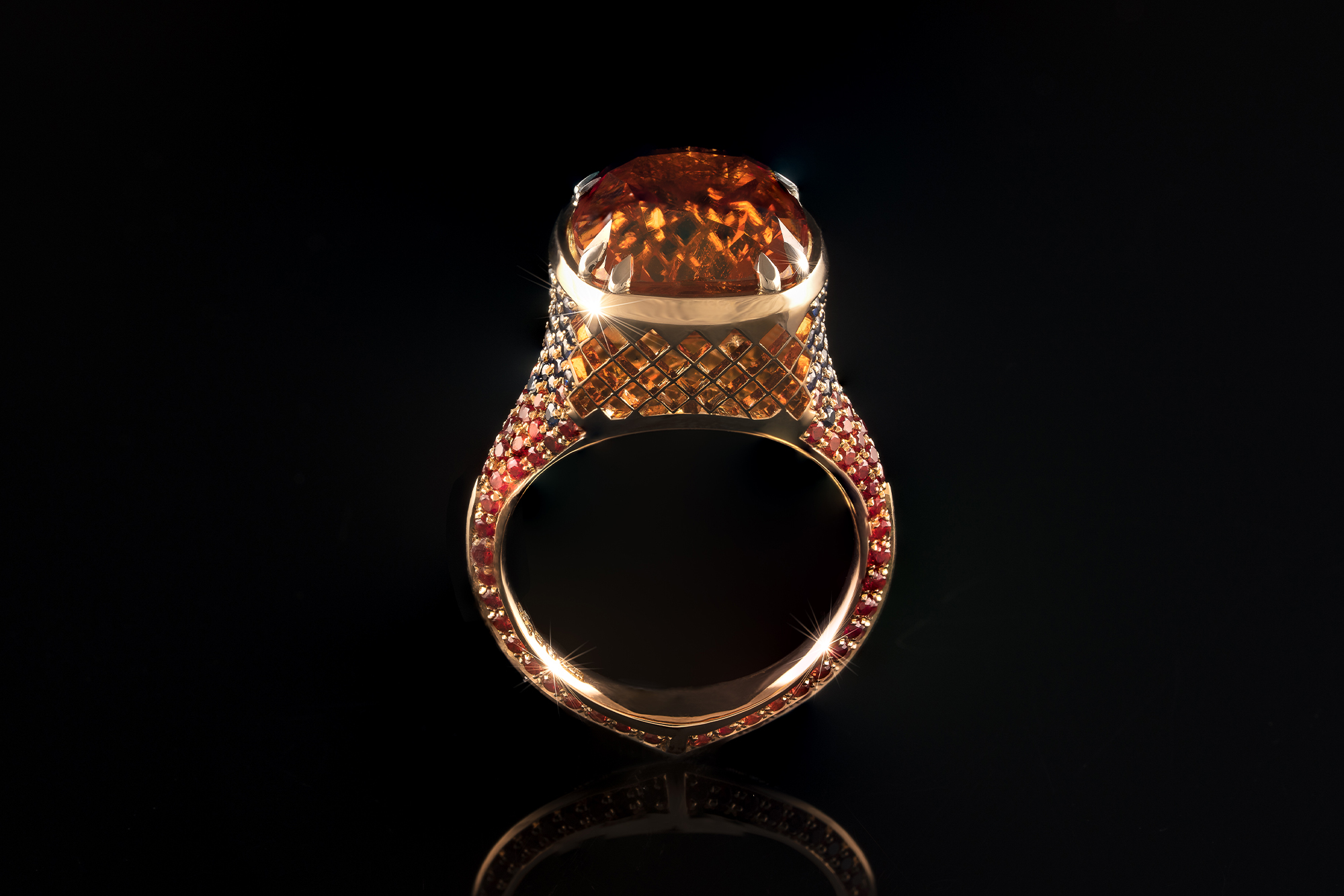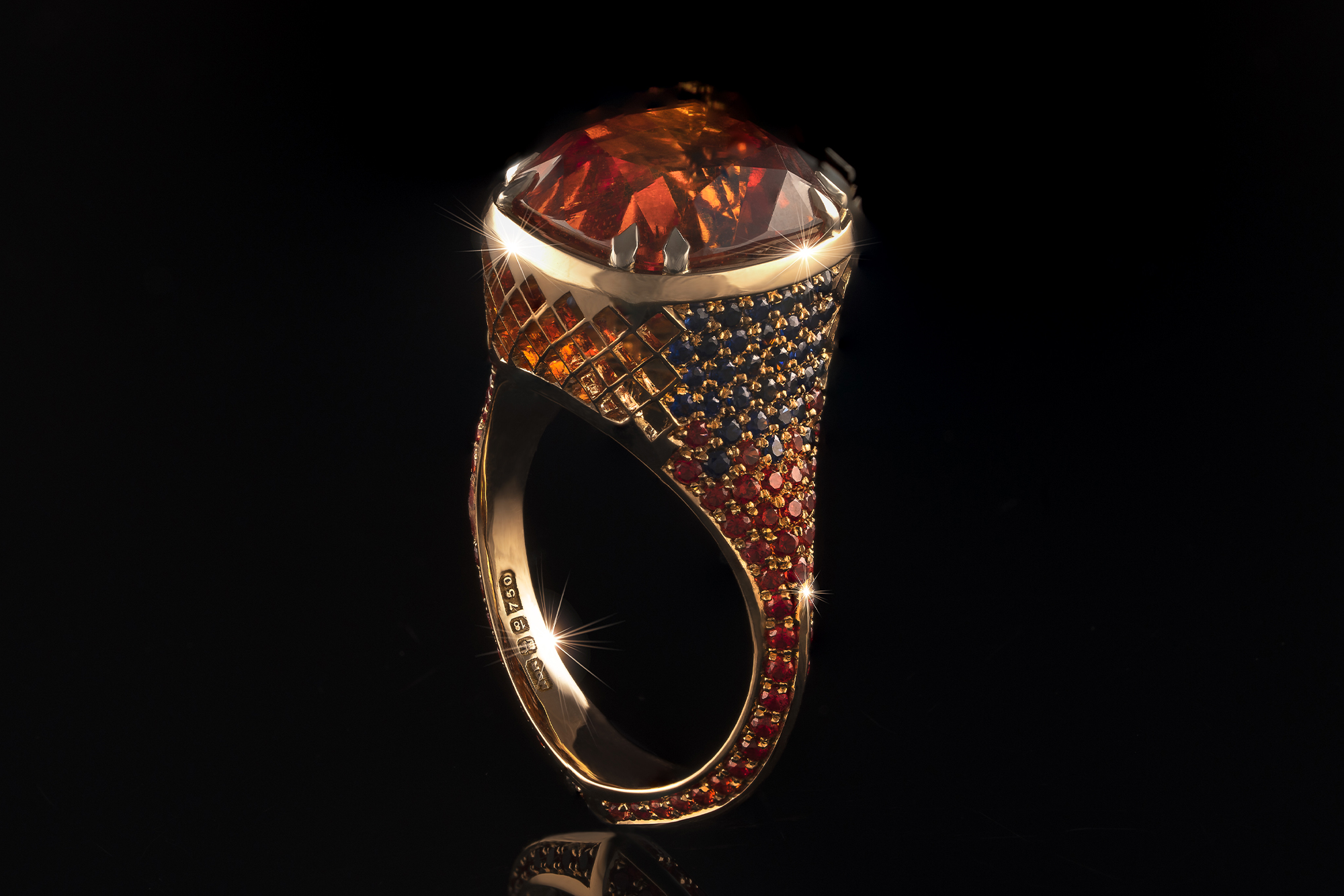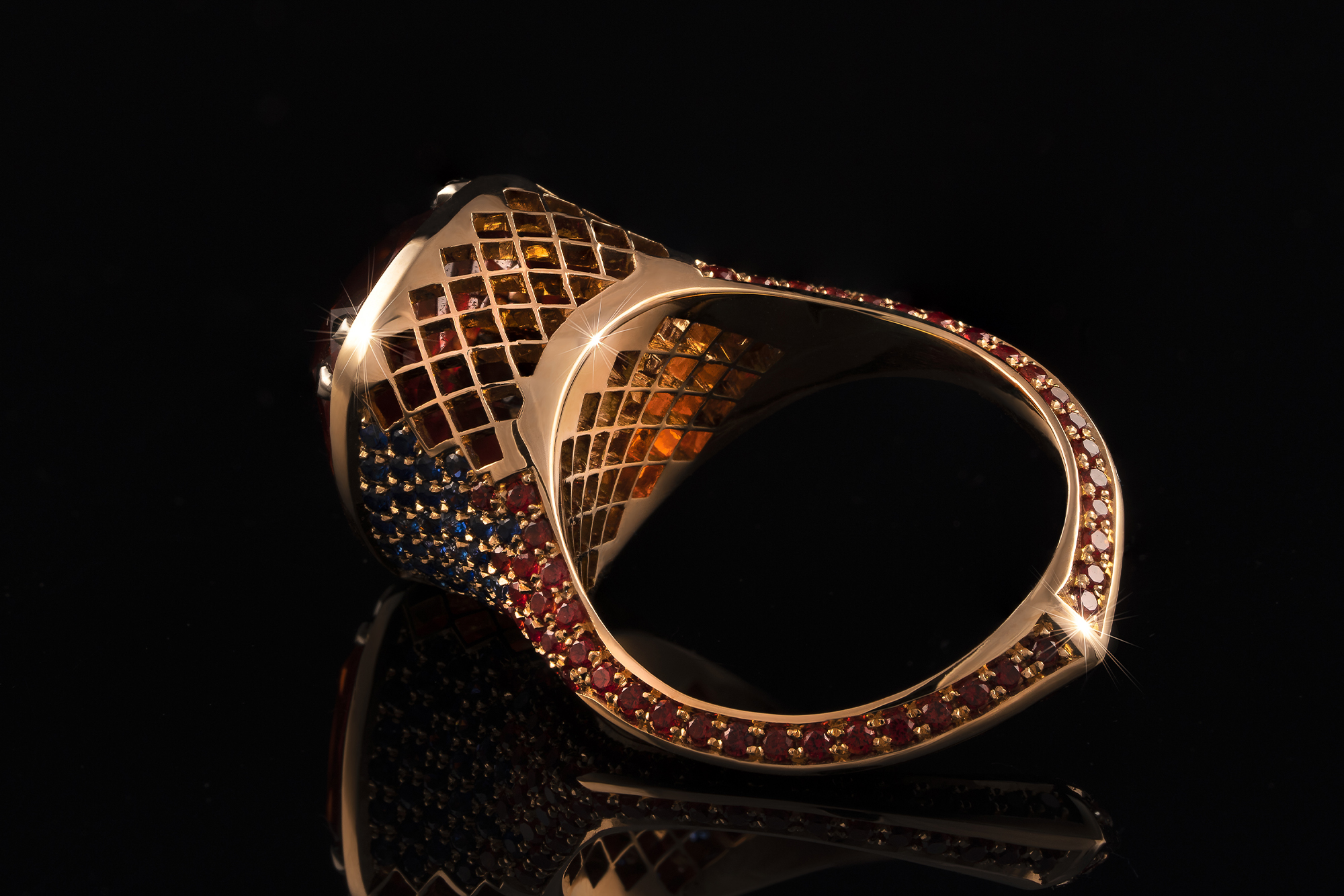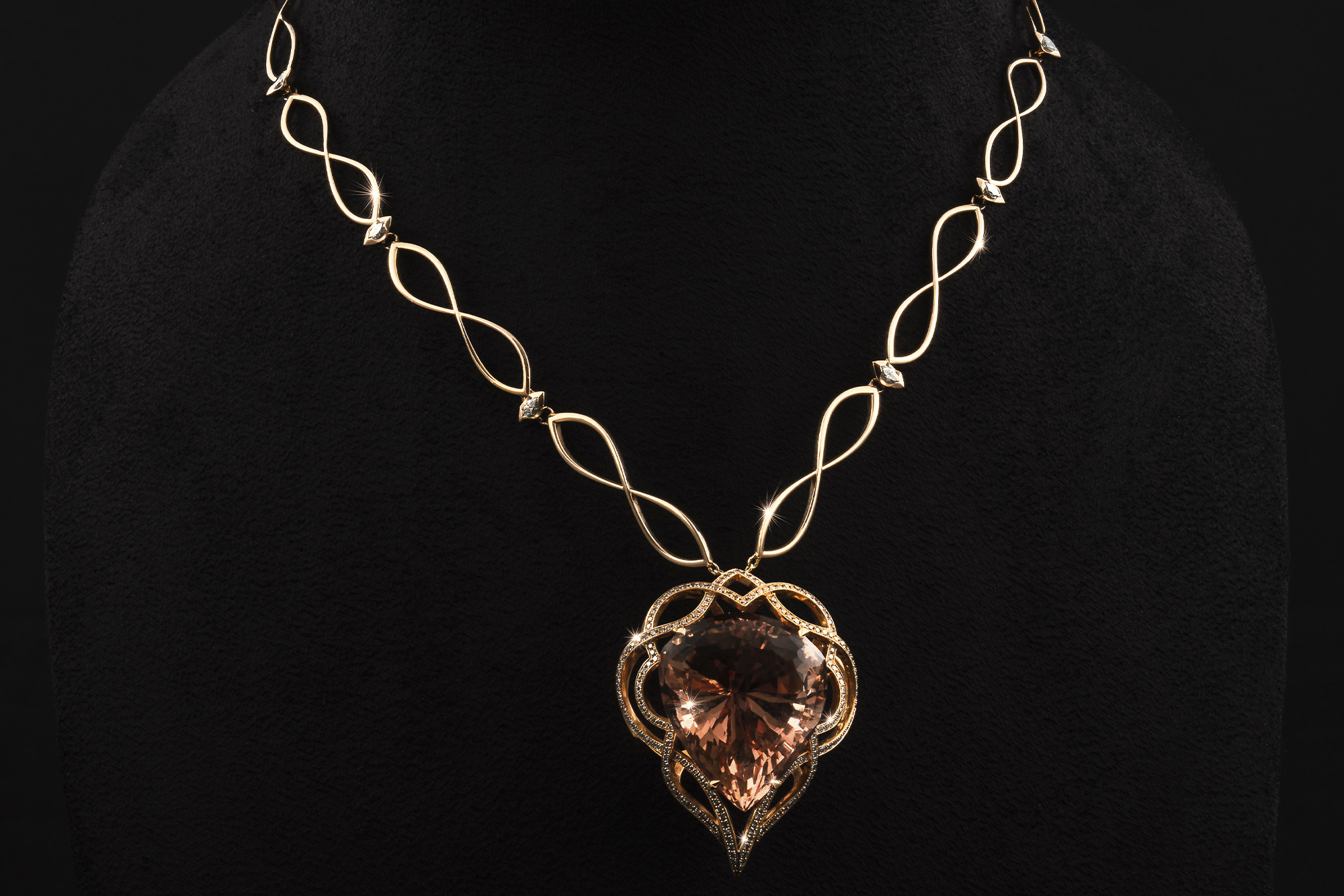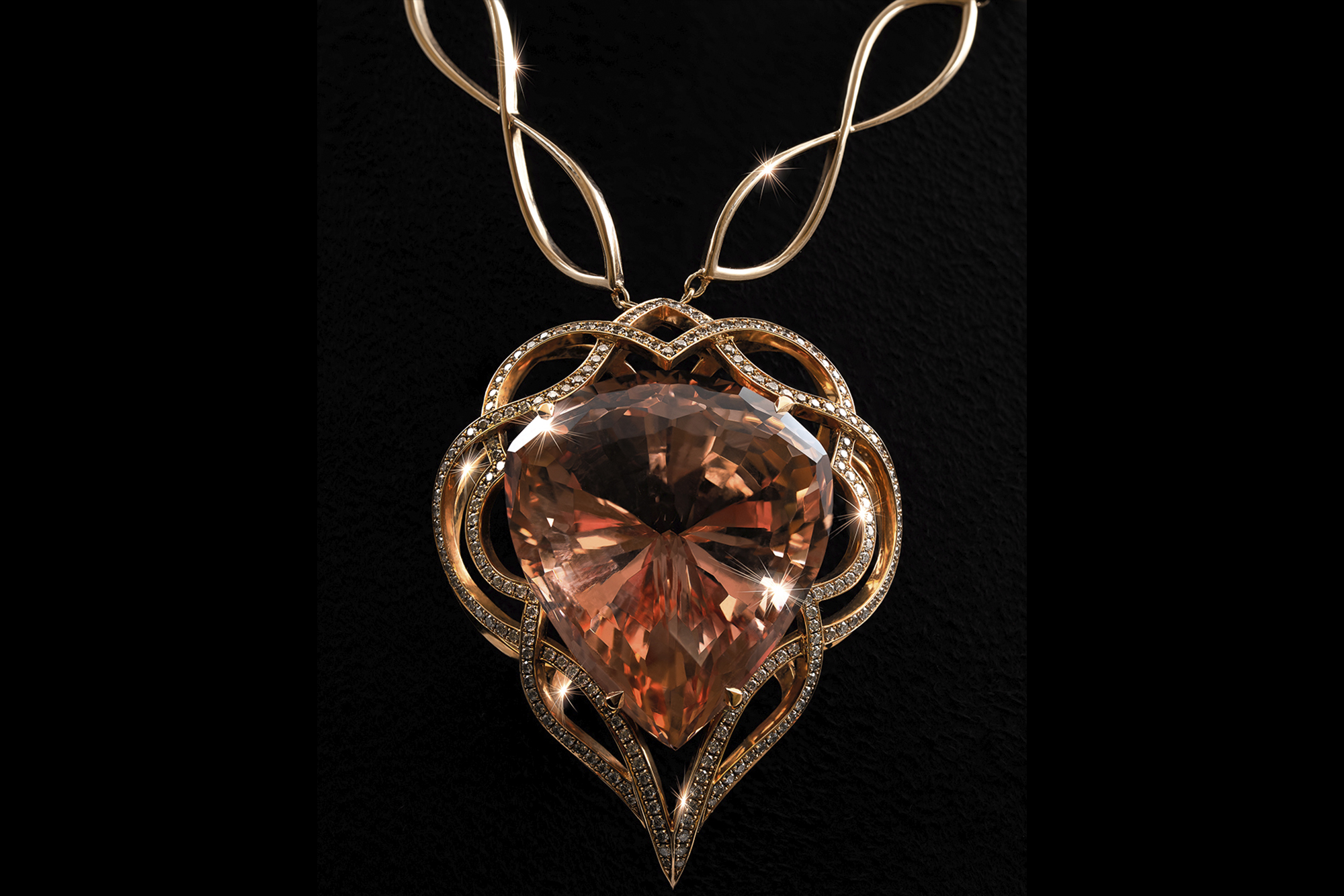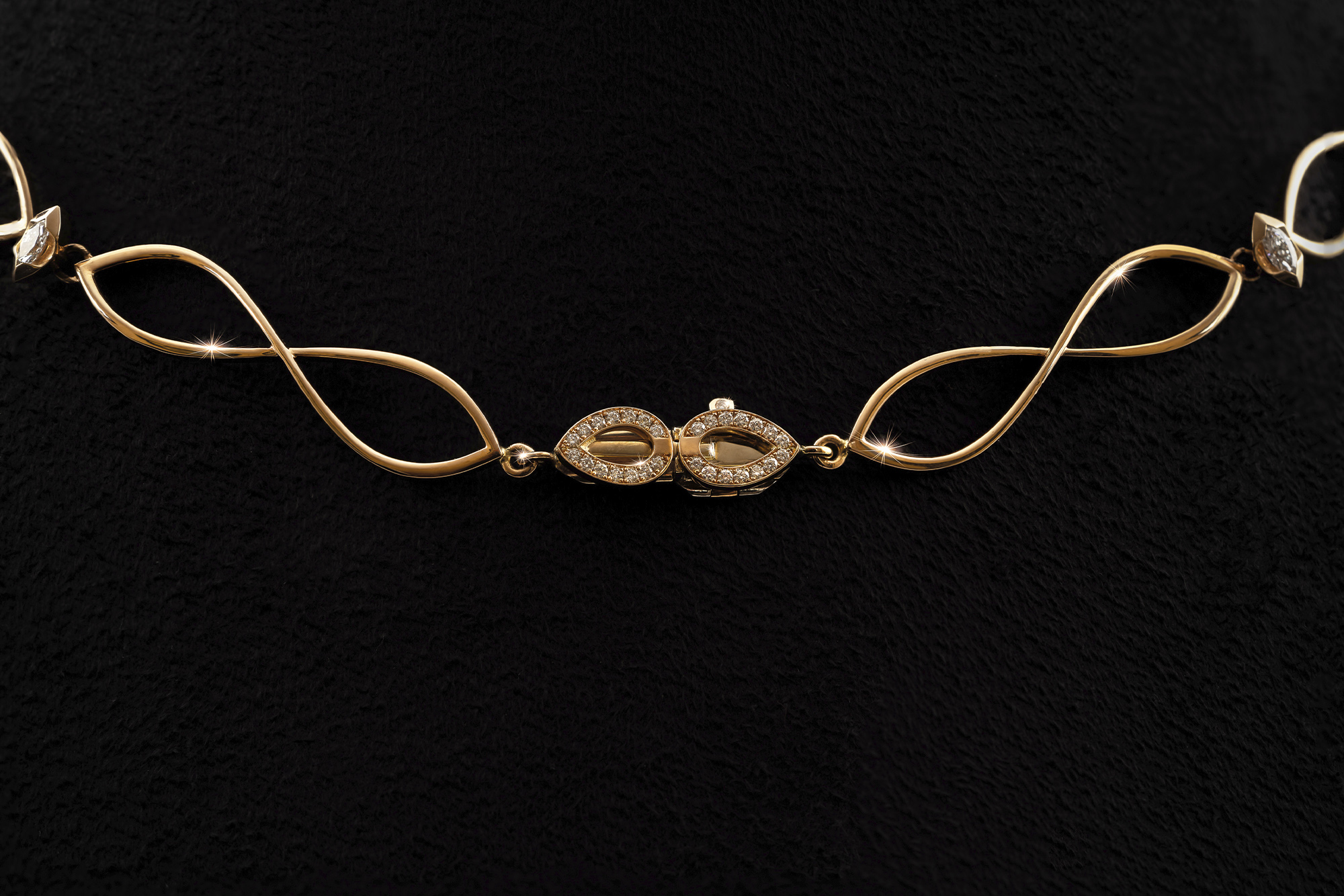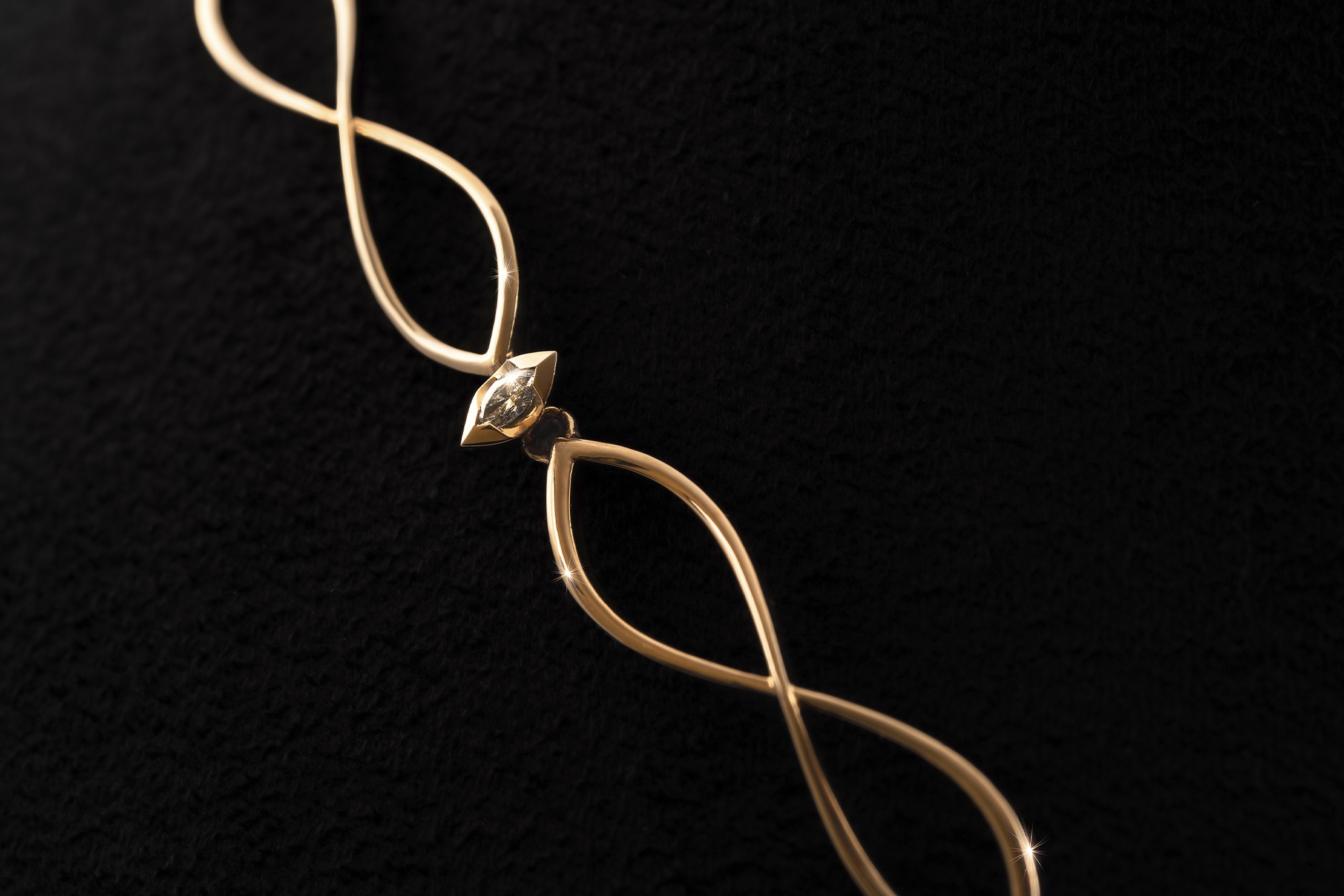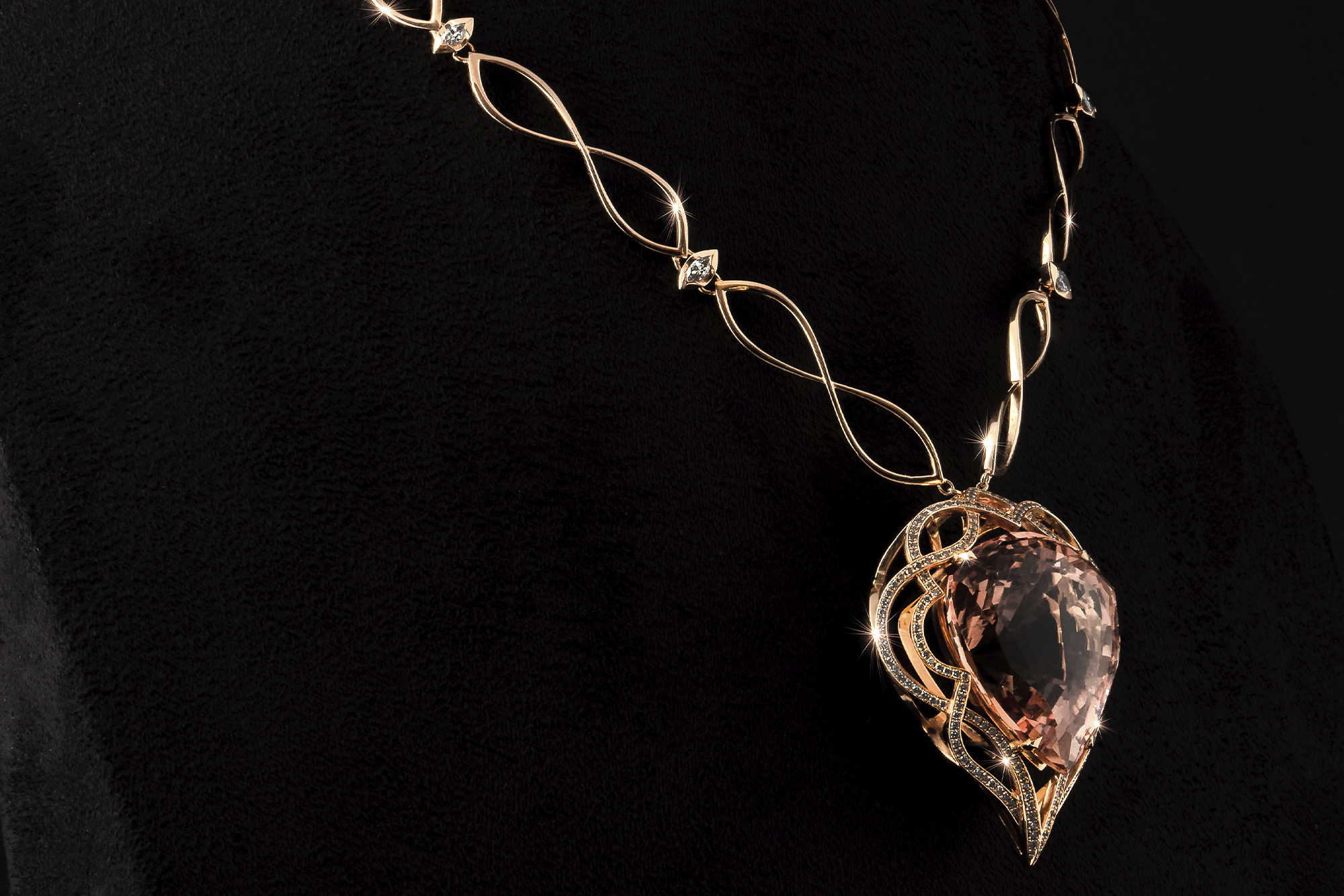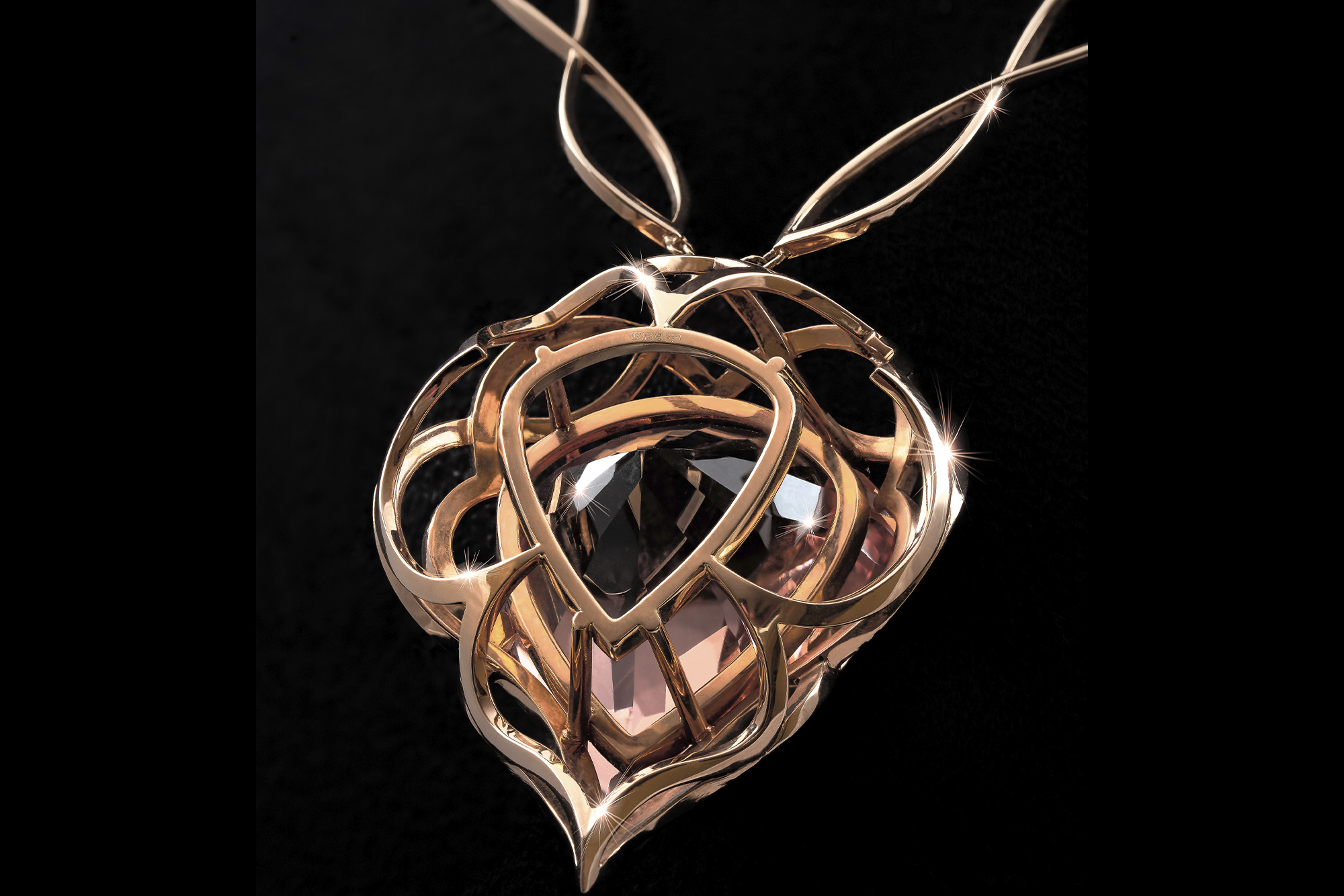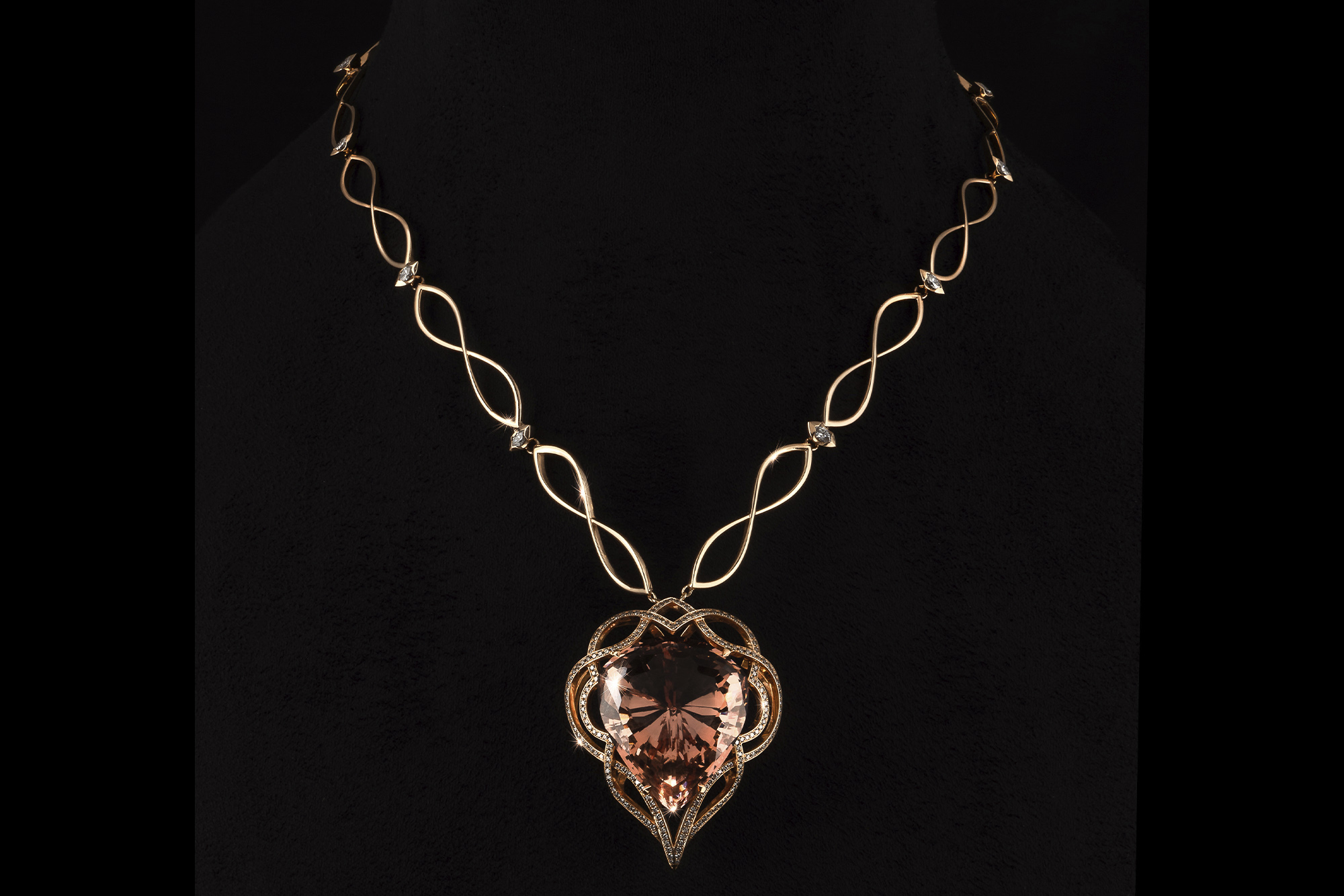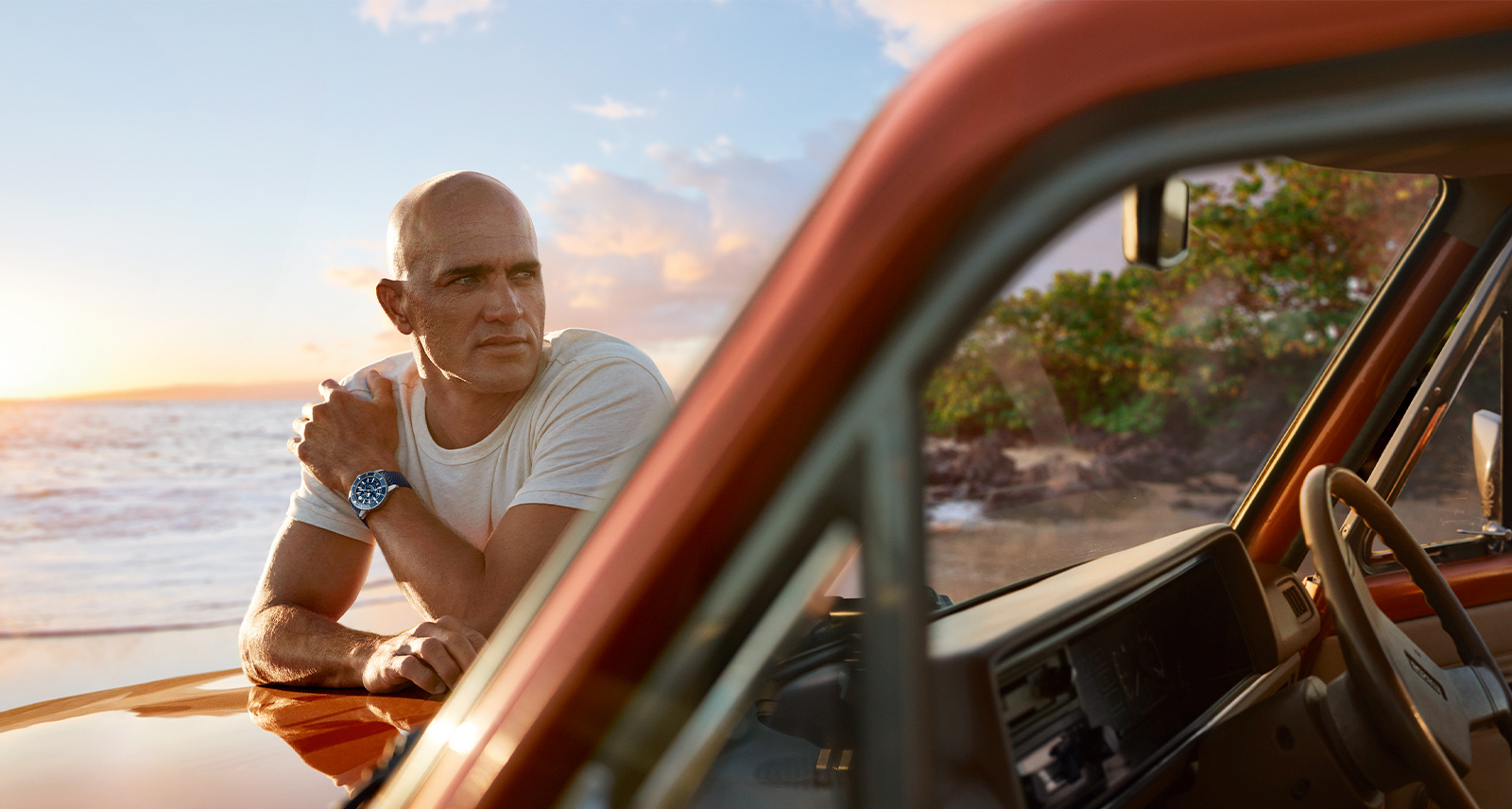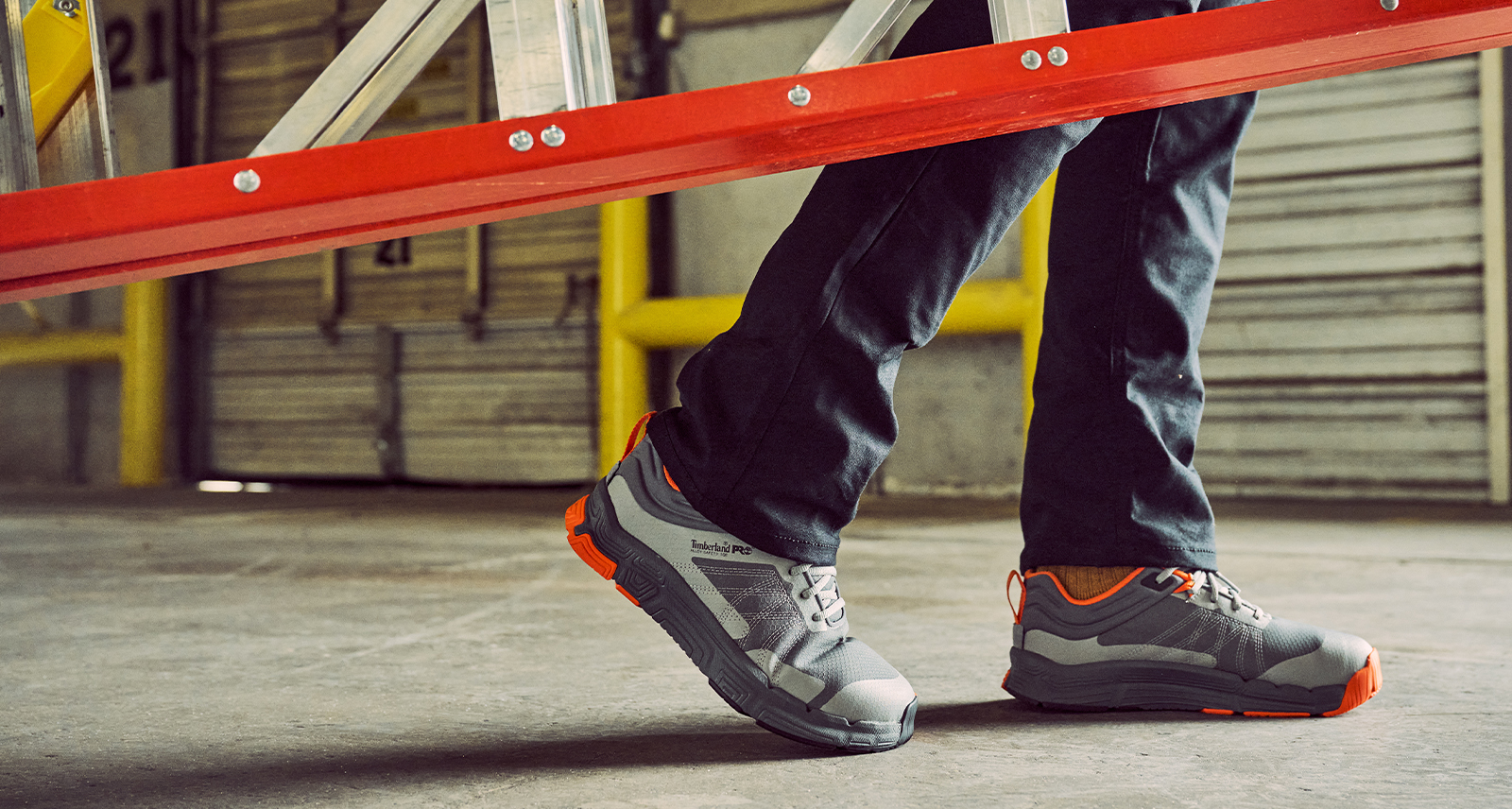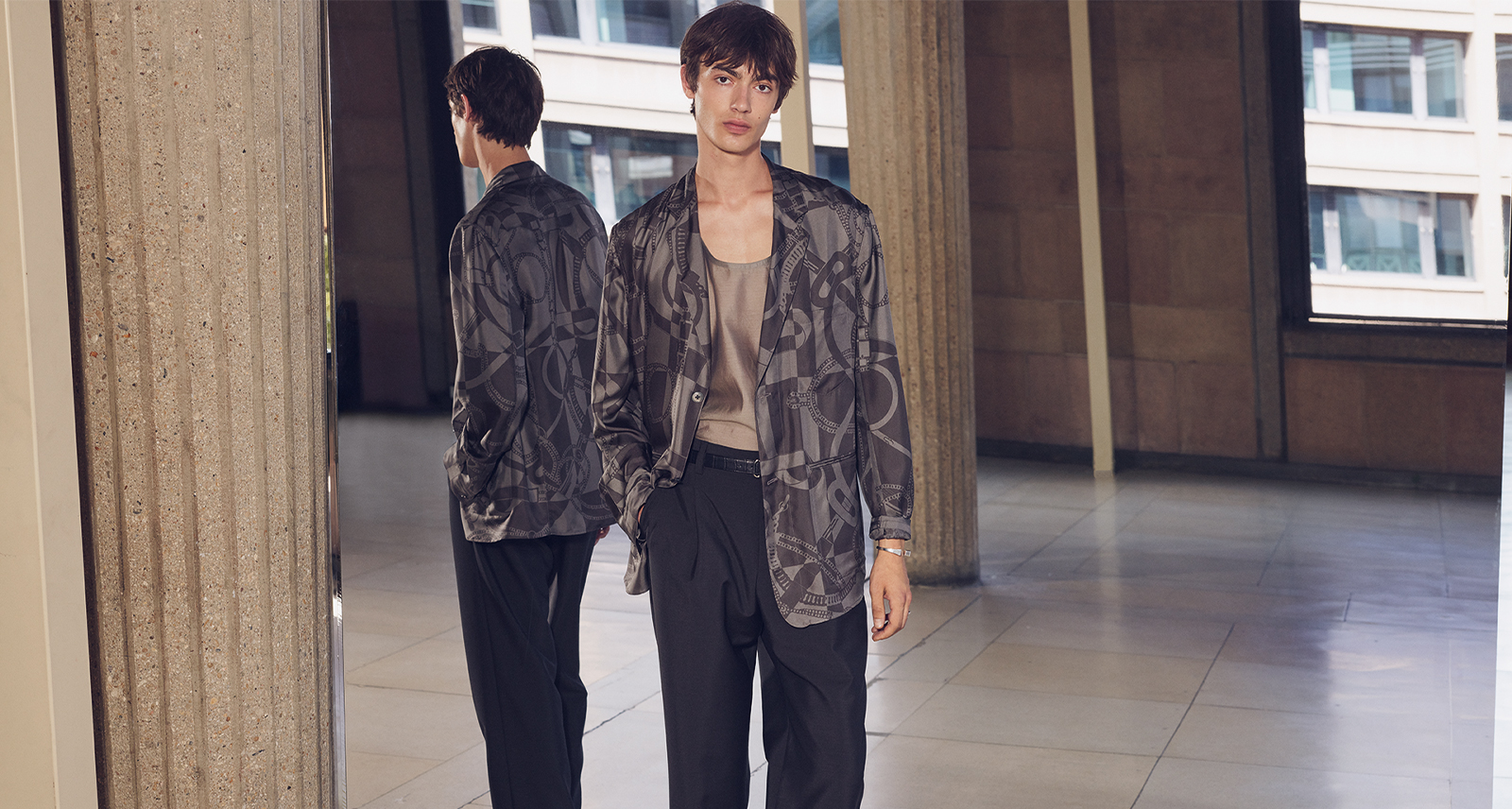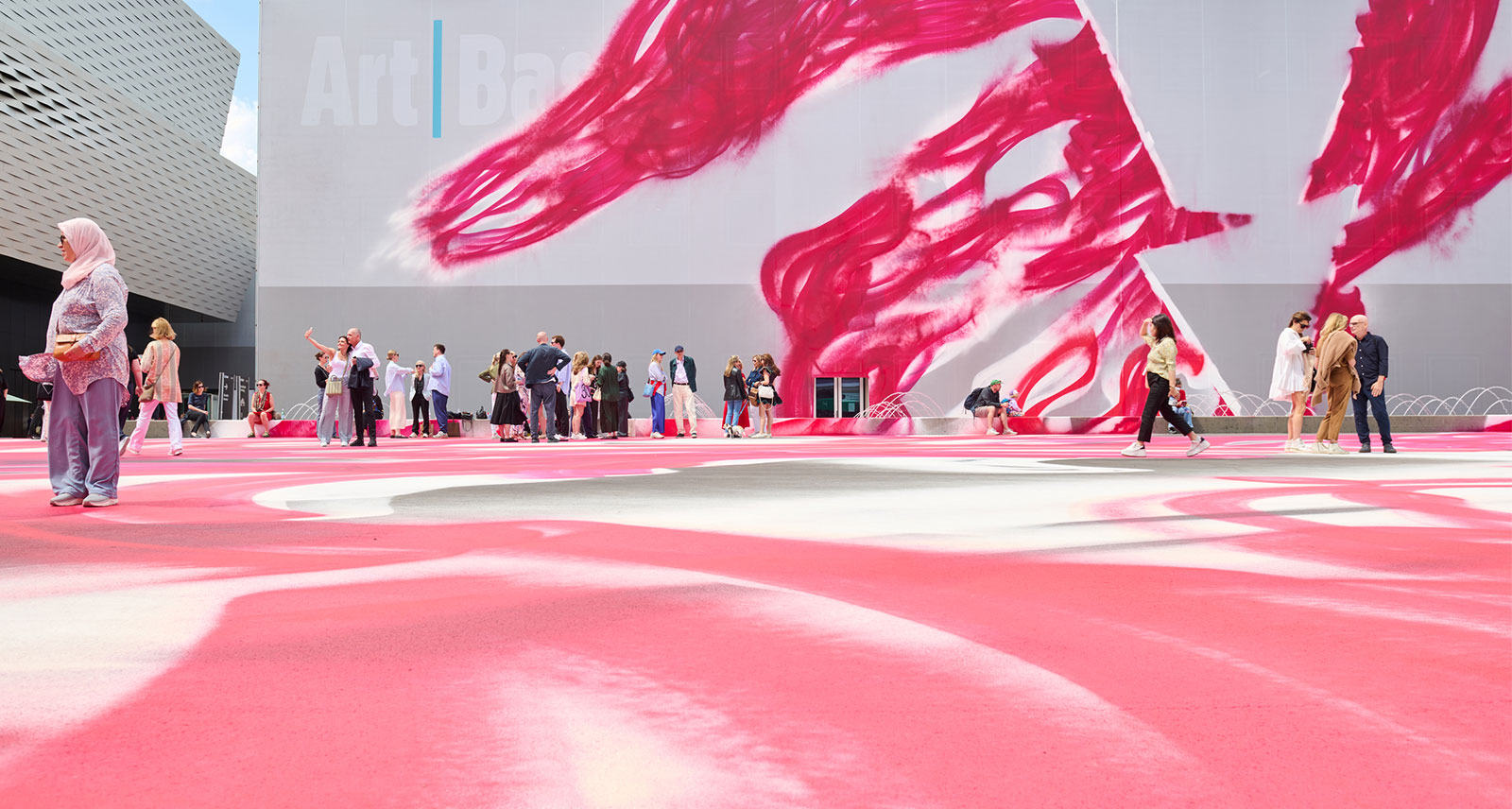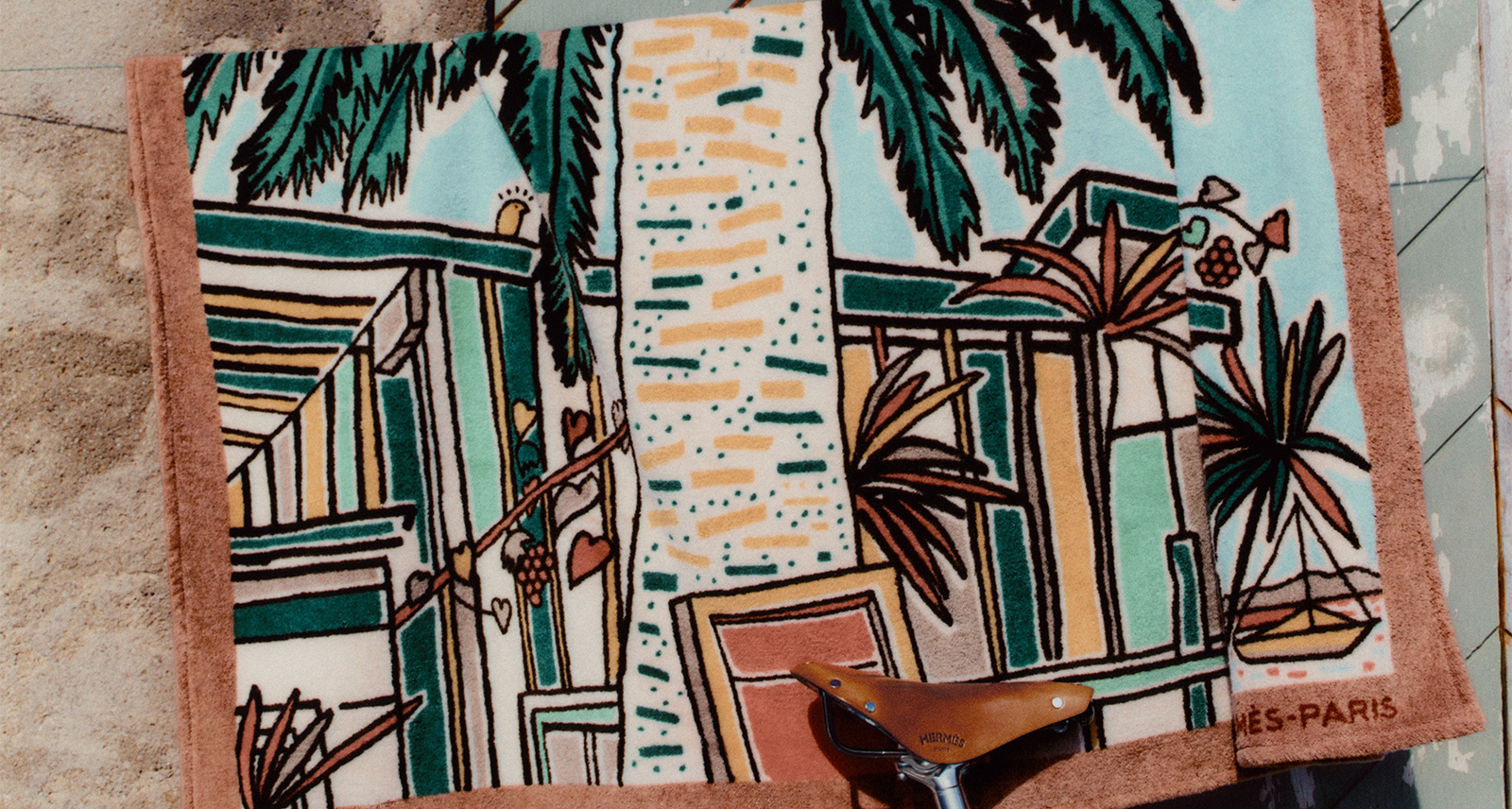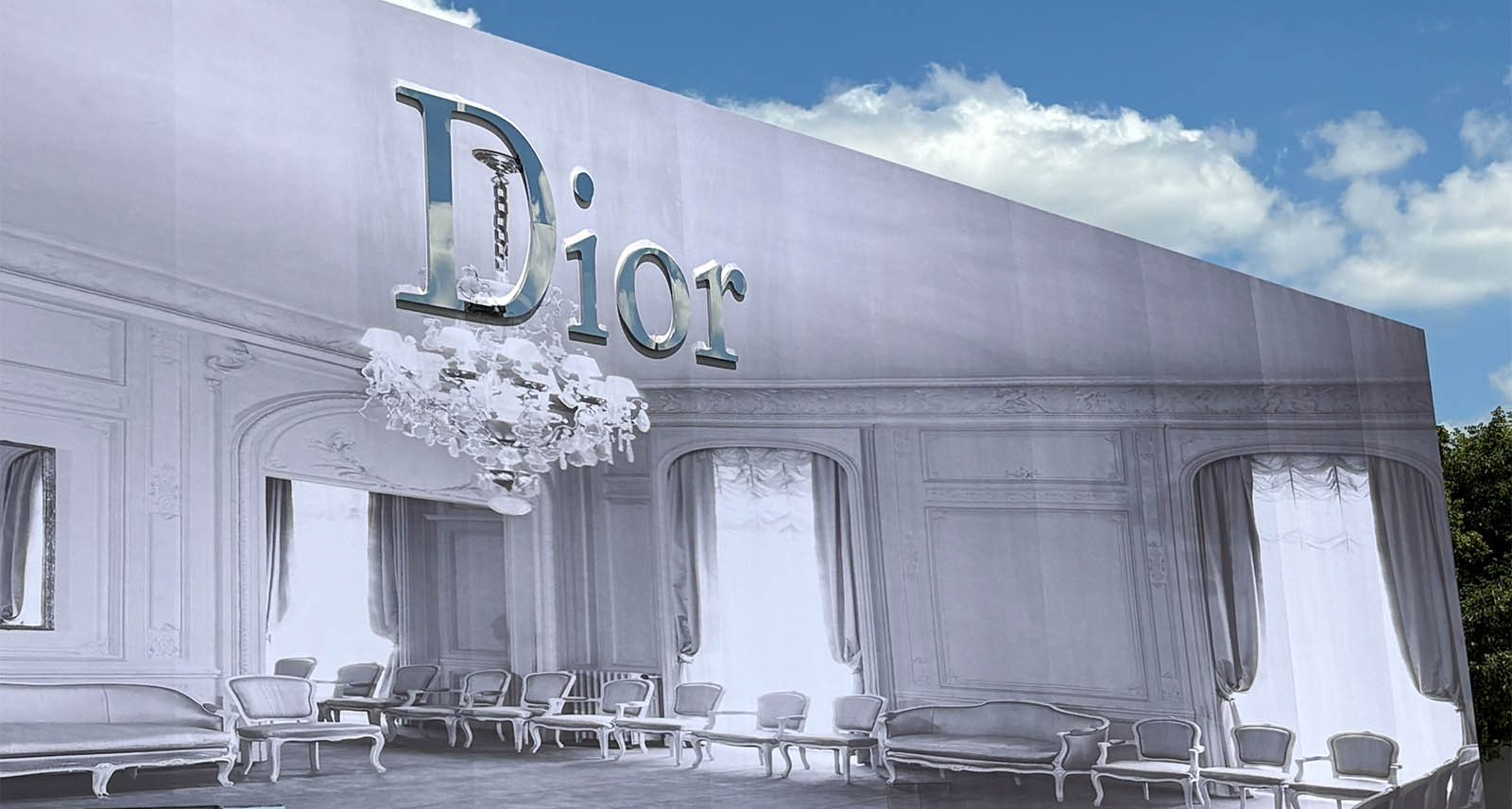High Jeweller Nigel O’Reilly Tells Stories With Gemstones
Haute Joaillerie, or high jewellery, refers to a practice that meshes hyper-stylized, undeniably crafted jewellery designs with a gemstone’s naturally-occurring dazzle. Like high fashion or haute couture, it’s easy for newcomers to find the space overwhelming — the phrase “high jewellery” paints a picture of gilded showrooms, teeming with expensive gemstones and equally-expensive security systems. In spite of this, Irish high-jeweller Nigel O’Reilly is shockingly approachable — perhaps a result of his meteoric, yet unconventional rise through the ranks.
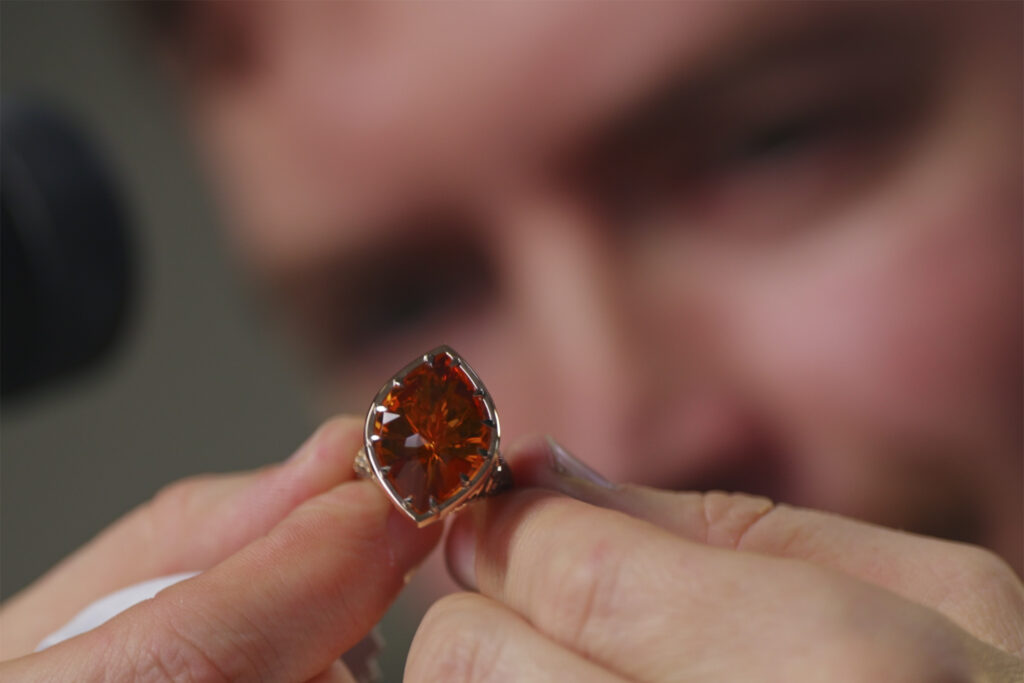
Hailing from rural Ireland, O’Reilly’s designs carry a genuine charm as they travel to glitzy venues in New York City and LA’s Rodeo Drive. This November, O’Reilly launched a new collection inspired by the burnt-sunset palette of Aberfeldy Whisky; citrine crystals gleam like sunshine atop bespoke rings. He gave us an in-depth look at his creative process, recounting countryside roots and workshop memories while speculating on the growing high-jewellery market.
Before working with gold and silver, O’Reilly apprenticed as an engineer — a career path he chose after severe dyslexia took traditional post-secondary education off the table. “College wasn’t something I really wanted to do,” he admits. Instead, O’Reilly jumped into the workforce, making molds for vascular surgery and honing his technical skills. Earrings and cufflinks, O’Reilly says, are not unlike the medical devices he engineered — both require a level of functionality. “That’s the point of engineering: you have to make something function first, and then make it look beautiful. When I started doing jewellery, I was able to see how these things come together.”
“When I see a piece, I can actually break it apart into different components and different shapes. And for me, I find that just really liberating, you know? It’s what I’m what I’m good at.”
Nigel O’Reilly
It wasn’t just a love for labour that pushed O’Reilly to shift industries, however; a night club romance sparked his journey into jewellery: “I really had no connection to jewellery whatsoever until I met a girl — my future wife. I met her on a night out, in a grungy night club that used to play lots of 90s grunge music.” As an art student, she introduced him to the world of creativity. O’Reilly’s hobby blossomed, buoyed his then-girlfriend’s encouragement. “I started making rings at work to try and impress her,” he says, “She was like wow, these are really interesting — have you ever considered doing jewellery? And I hadn’t. I had no idea; it’s not runs in my family or anything like that. My mom’s a teacher, my dad’s a farmer.”

Luckily, a family background isn’t necessary for success in jewellery. For Nigel O’Reilly, drive and dedication were the only prerequisites. As he shares, he was an eager student — he was “obsessed,” soon after enrolling in a jewellery-making class through Design & Crafts Council Ireland. “When I was in the classroom, I was one of the best in the room as opposed to the worst in the room. That was just a great boost for my confidence; the way I see things is very different from the way other people see things,” he elaborates.
“I wanted to make a journey, [to tell] the story of the whisky in the ring itself.”
Nigel O’Reilly
The journey into creative work was a reprieve for a young O’Reilly. While struggles with severe dyslexia made traditional education a battle, O’Reilly quickly learned that wasn’t the only path. “Some other students would be asking questions that I’d consider common knowledge — but I can’t spell the word ‘bridge,’ even though it’s in my address. So you know, obviously, their mind works differently [than] my mind. When I see a piece, I can actually break it apart into different components and different shapes. And for me, I find that just really liberating, you know? It’s what I’m what I’m good at.”
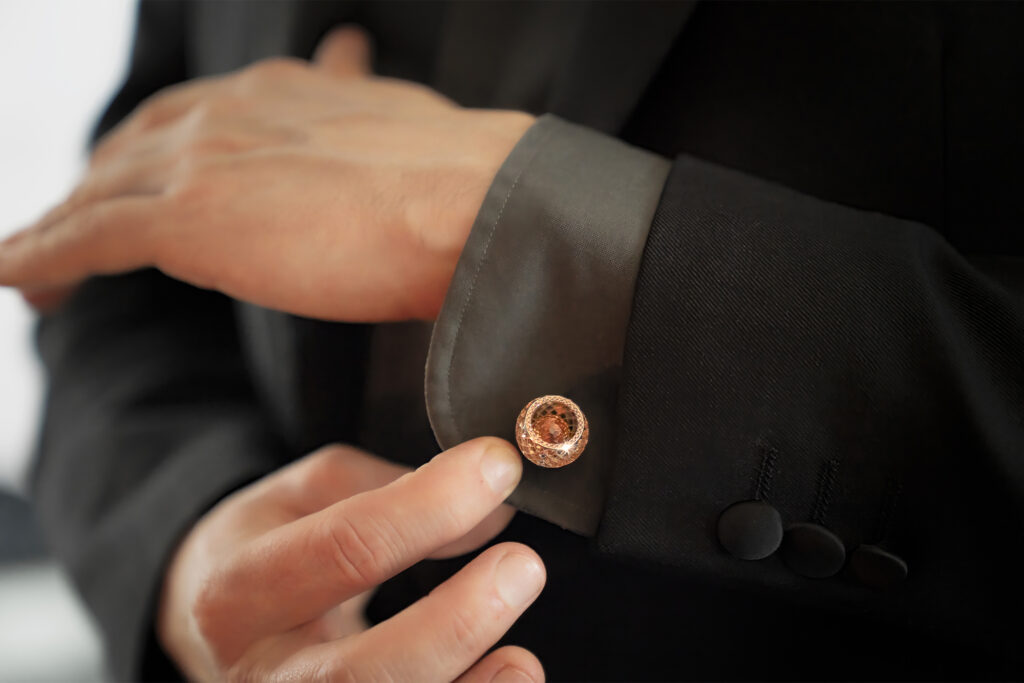
O’Reilly is humble, though — he’s quick to credit those he learned from as he talks about his rise from student to maker. Although O’Reilly entered high-jewellery as an alternative to conventional education, his training was quite traditional by jewellers’ standards. “I was trained by two master German goldsmiths who were very traditional — one guy still had a typewriter, and that was only 14 years ago. He was against changing in any way. He was an amazing goldsmith and amazing designer,” he says.
As the saying goes, you have to learn the rules before you can break them. If O’Reilly’s Aberfeldy collection is any indication, he learned the rules well: the bespoke lineup bears the clear mark of a well-trained goldsmith, with seamlessly-blended metal and gemstone. What separates O’Reilly from the other masters of the craft, then? He’s willing to take a risk.
“When I was training, I could actually see ‘if I incorporate some of the engineering equipment into this, we can really push the boundaries of what we can do,'” he says. “Like, I use laser welders, I use 3D printers — I love doing that, I love mixing the traditions. It’s all based on the goldsmith tradition, but [I mix] it with modern technology. All our work is done under a microscope.” Thanks to his engineering background, O’Reilly is used to precision: there was no room for error when he was engineering medical devices, he says.
His technical knowledge of the process is, admittedly, out of most people’s depth. Still, O’Reilly distilled the craft for us non-jewellery-makers. “It always starts with the sketch first — I bring my notebook everywhere. My best designs have been done on Transatlantic flights or train journeys,” he explains. “It’s the best way to do anything. You can find your gemstone, and then you work out from there. And you sketch, and sketch, and sketch.”
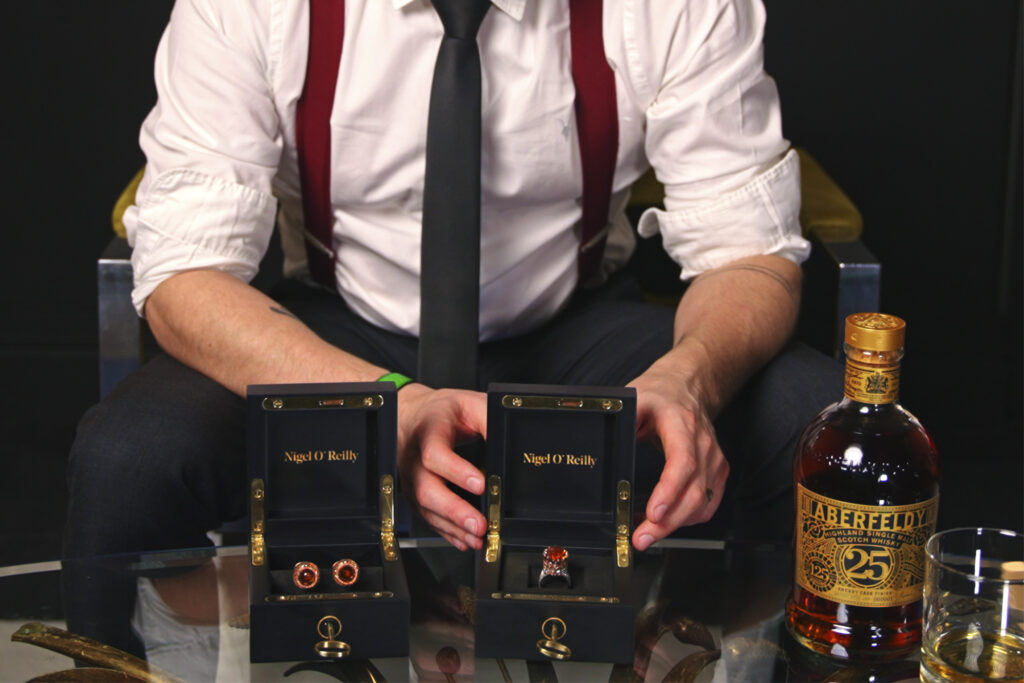
The accessibility of a sketchbook bolsters O’Reilly’s creativity. It allows him, he explains, to exaggerate the concepts before going into metals. “When you’re sketching, you can push the boundaries of what you’re looking for, break down the components, and see how they come together on paper first before you transition into working in metal.” He admits to an obsession with rose gold, though O’Reilly calls the material selection an “intimate” process. “It’s important that the wearer is comfortable where they’re wearing it,” he says. “It’s fun to be pushing the boundaries and trying to see where we can go in that direction.”
In the new collection, for instance, Aberfeldy Whisky became O’Reilly’s muse. Both the drink and the landscape carry a personal significance: O’Reilly honeymooned with his wife — of ‘have you ever considered doing jewellery?’ fame — in the Scottish Highlands. With that in mind, the Aberfeldy collection felt like a bit of a homecoming. The technicalities, he says, were a fun exercise in craftsmanship: “the landscape is rugged, and I love that harsh edge,” he says. “I knew we had to get a gemstone that matched the colour of the whisky — if you have whisky in the glass, I just love the way the light reflects through it.”

After some time spent searching, O’Reilly found a gemstone to fit the bill: Madeira citrine. Its name comes from the Portuguese word for wood; a fitting moniker for its warm, crimson-brown refractions. The citrine sparkle makes a perfect match for the citrus notes of Aberfeldy.
Then, O’Reilly says, it was time to tell the story of Aberfeldy. “I wanted to make a journey, [to tell] the story of the whisky in the ring itself.” At the bottom, ice-blue diamonds represent the chilly waters of the river, where Aberfeldy gets its start. Then, tracing the ring’s curve, earthier tones match the woodsy warmth of the Scottish Highlands, followed by burnt orange diamonds to represent the distillery. Finally, the journey finishes with the all-important Madeira citrine, symbolizing the finished product.
There’s no shortage of allegory; the honeycombed patterns, mesmerizing in their own right, represent O’Reilly’s personal passion for beekeeping — an initiative that Aberfeldy shares with their own beekeeping organization. “It couldn’t have been a better project,” says O’Reilly, “the fact that I love whisky, the fact that I am a beekeeper, that I’m from the west of Ireland — it was literally a perfect match.”
Though storytelling, as a practice, often takes the shape of a book (or an article), O’Reilly’s work is a reminder that true creativity is boundless. There’s no confining his work — the jeweller operates like any great artist. Ever modest, O’Reilly credits his wife for opening his eyes to jewellery as storytelling: “My wife is a fine artist painter, and she’s opened up my mind to what you can do with with art,” he says.
“When I started my studio, opened it up 14 years ago, I wanted to push the boundaries of what jewellery is. I wanted to make jewellery art — these pieces are all individual, there is no copy. I can’t do copies of it because all the gemstones are one-offs. I want to create pieces of art that have a story, and tell you something, you know? It’s fun to be able to do that, because the majority of jewellery is kind of boring — it’s always the same thing: it’s usually a gemstone with a halo of diamonds around it. I was like ‘no, we can do more.’ I think it’s up to designers to push the boundary and show people what you can do with materials and technology now.”
Showing this storytelling potential — of gemstones, designs, and metals — is an ongoing project of O’Reilly’s. When he receives custom requests, for instance, the jeweller finds both a creative challenge and a chance to connect. “One of my customers is a big art collector, and he asked me to make a piece, saying ‘just go with what you think is best,'” O’Reilly says. True to form, he looked at the client’s art collection, finding inspiration in the pieces and crafting bespoke jewellery in his own image. “I love to just chat about what they’re into, what kind of art they’re into, what kind of music. You always get an idea from their [clothes] as well, about which direction they would like to go with their work,” he said of the custom process.
Naturally, personality prevails in O’Reilly’s work: his portfolio is as vast and varied as the clients he crafts for. In the Aberfeldy collection alone, the rings, brooches, and pendants come together to tell a story, but still make a daring statement on their own. The eye-catching gleam of polished gemstones and welded metals are no accident; O’Reilly believes in boldness. “I always tell people to be a bit braver with their choices. In a world of mass production, where everything is just churned out — even the biggest brands in the world are still just churning out copies — I would say to just be a bit braver when it comes to these things. You’d be surprised, if you’re buying gifts for people, that the braver option will actually be the one they want — anybody can get the normal jewellery. So why not push the boundaries? It’s the age of individuality.”
Perhaps the best example of O’Reilly’s commitment to his customized craft is in the salmon-pink shine of a gemstone gifted by O’Reilly’s late friend and mentor, German master goldsmith Erwin Springbrunn. Jewellery, to the Irish designer, is more than a decoration: it’s a testament to, and reflection of, the wearer. Sharing his affinity for custom-cut, handmade jewellery, Springbrunn gave O’Reilly a 69.3 carat, salmon-coloured morganite. O’Reilly knew he needed to do the stone justice.
“I feel a huge sense of responsibility to the gemstone, and to Erwin, to put them into piece of jewellery that’s a good enough for his work. I actually spent a lot of time just staring at his stones, too afraid to to use them in case I messed them up,” he admits. ” I don’t know what happened, something in my head said, ‘Nigel, you gotta you gotta start making something or else like they’re just going to sit in the safe and no one’s going to see them.‘” The result was the ineffable Talisman Pendant, which frames the soft, salmon-pink morganite with graduated champagne and white diamonds.
The care with which O’Reilly treats his work is tangible; it’s easy to see that these aren’t mass-produced pieces, but the work of a trained artist. The markings are all over the jewellery, from the inside of the rings to dazzling pendants. “Underneath the ring, there’s an equally as important as the top of the room to me — every aspect of the piece has to be beautiful. That’s real luxury,” he says. “At the great fashion houses back in the day,” he adds. “That was a very intimate thing: you would know your customer, and you know your client, and you’d know the people that manage the work. That’s what I wanted to recreate with my studio.”
His mission, as an artist and as a business, is to focus on the novelty of it all. “I’m trying to create cultural scarcity — [my studio] is the only place you can get it. It’s draining, time-wise, but I think it’s worth it.” If the Aberfeldy collection is surely indicative of this philosophy. O’Reilly’s steady craftsmanship and careful handiwork are palpable. His dedication crystallizes on stunning pendants, radiating from cufflinks and necklace chains. Combining organic gemstones with well-trained design practices, O’Reilly’s work shows natural beauty and artisan excellence at their best.
